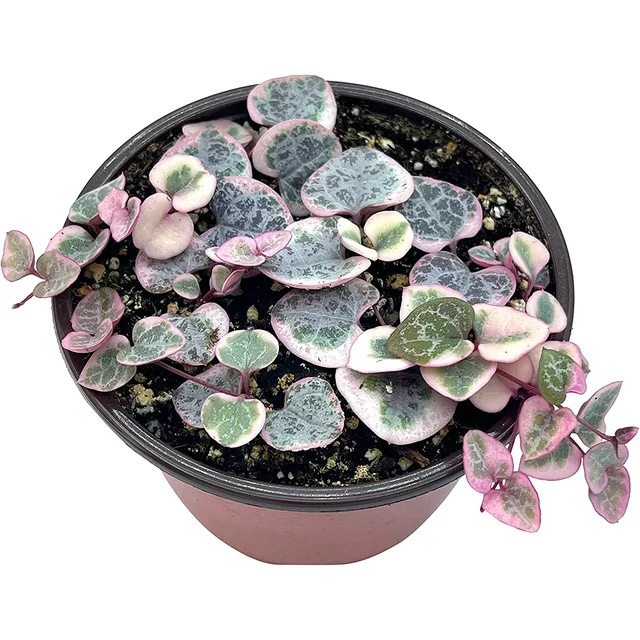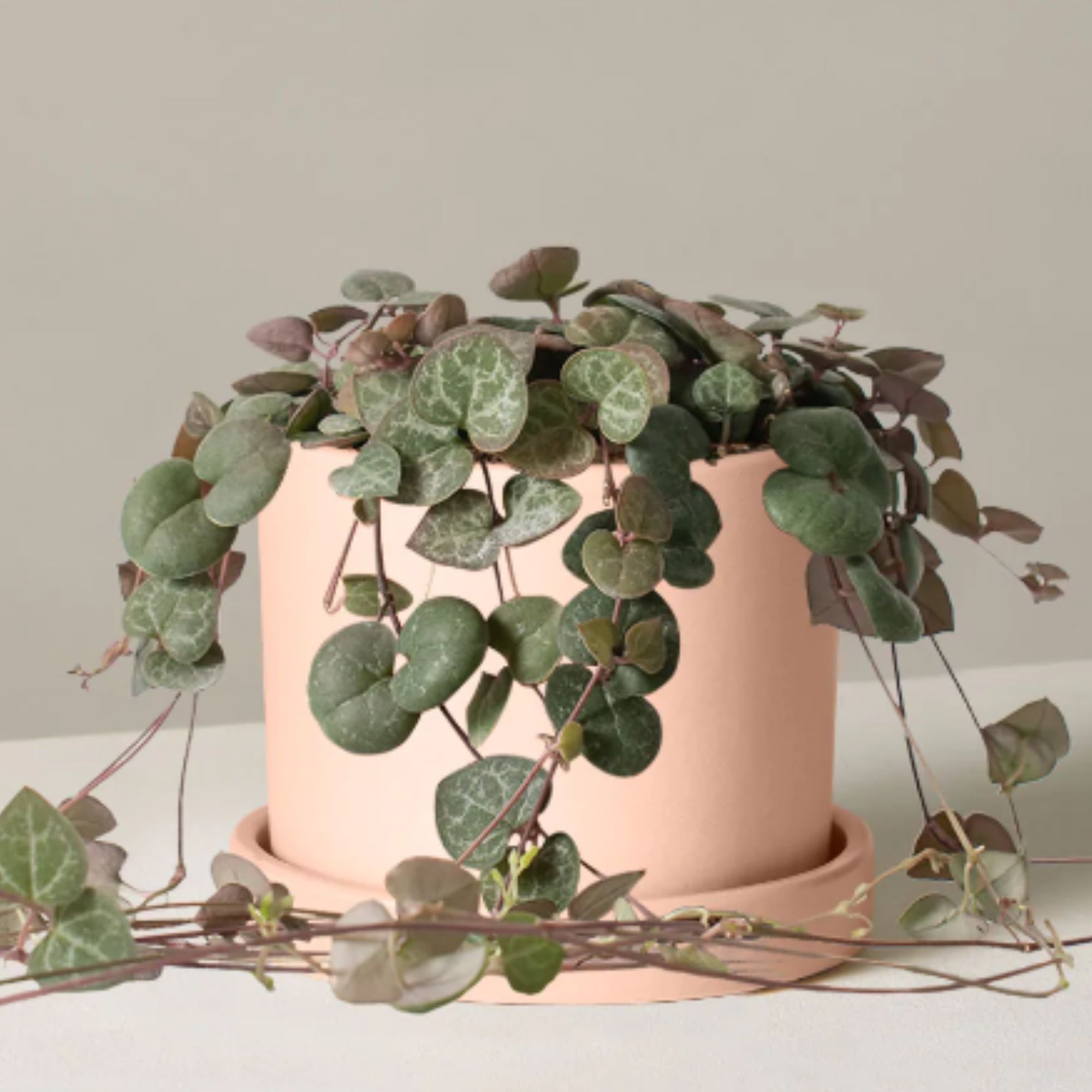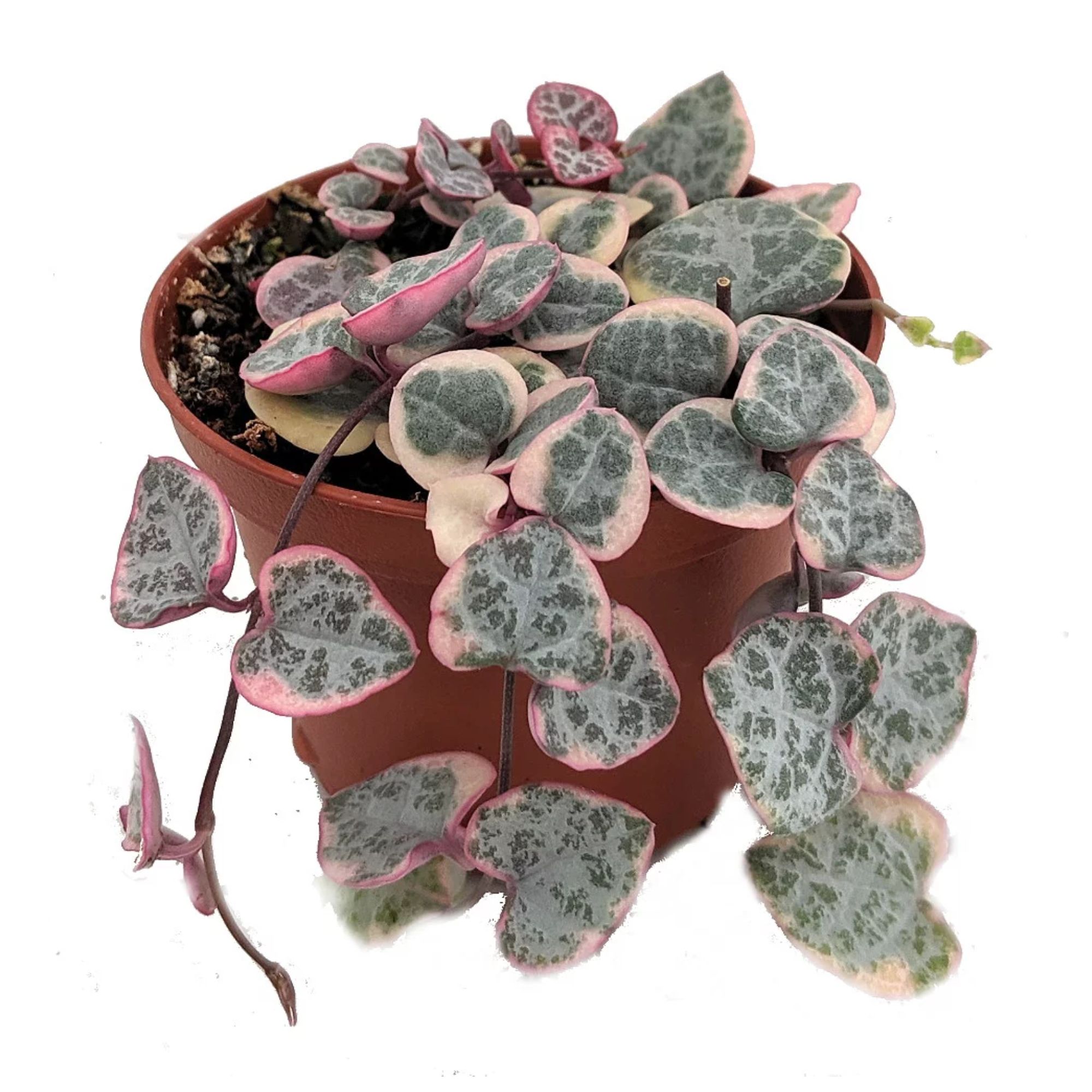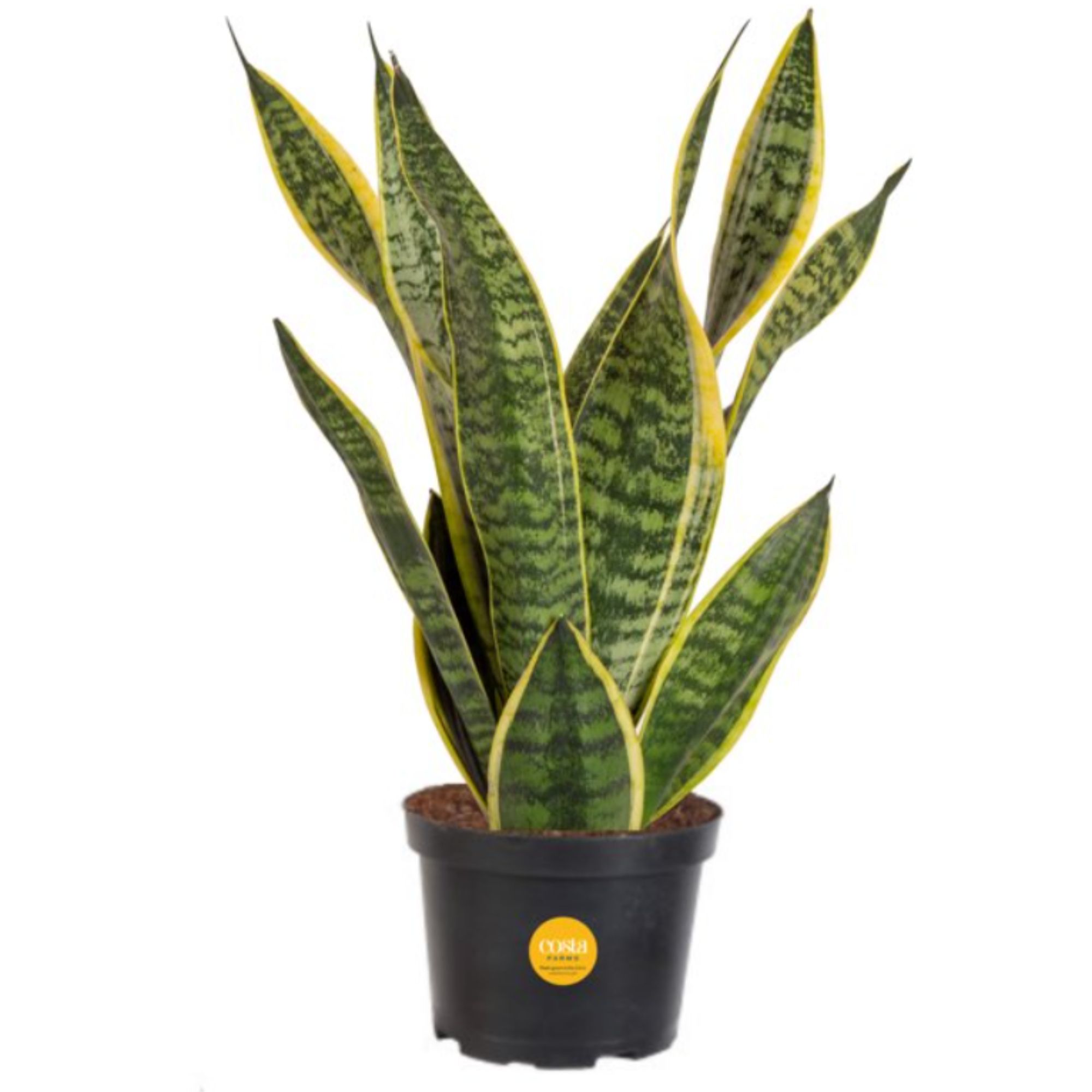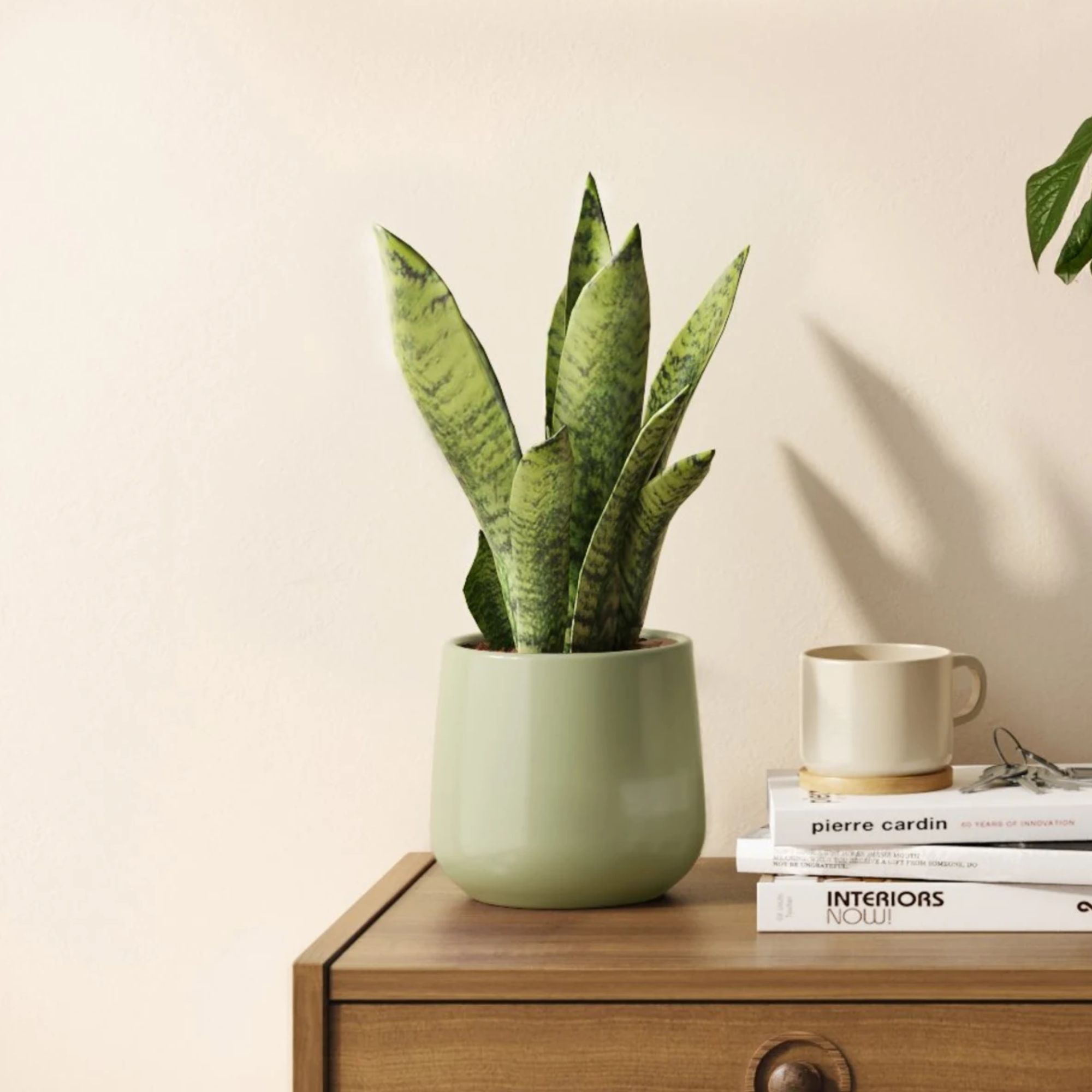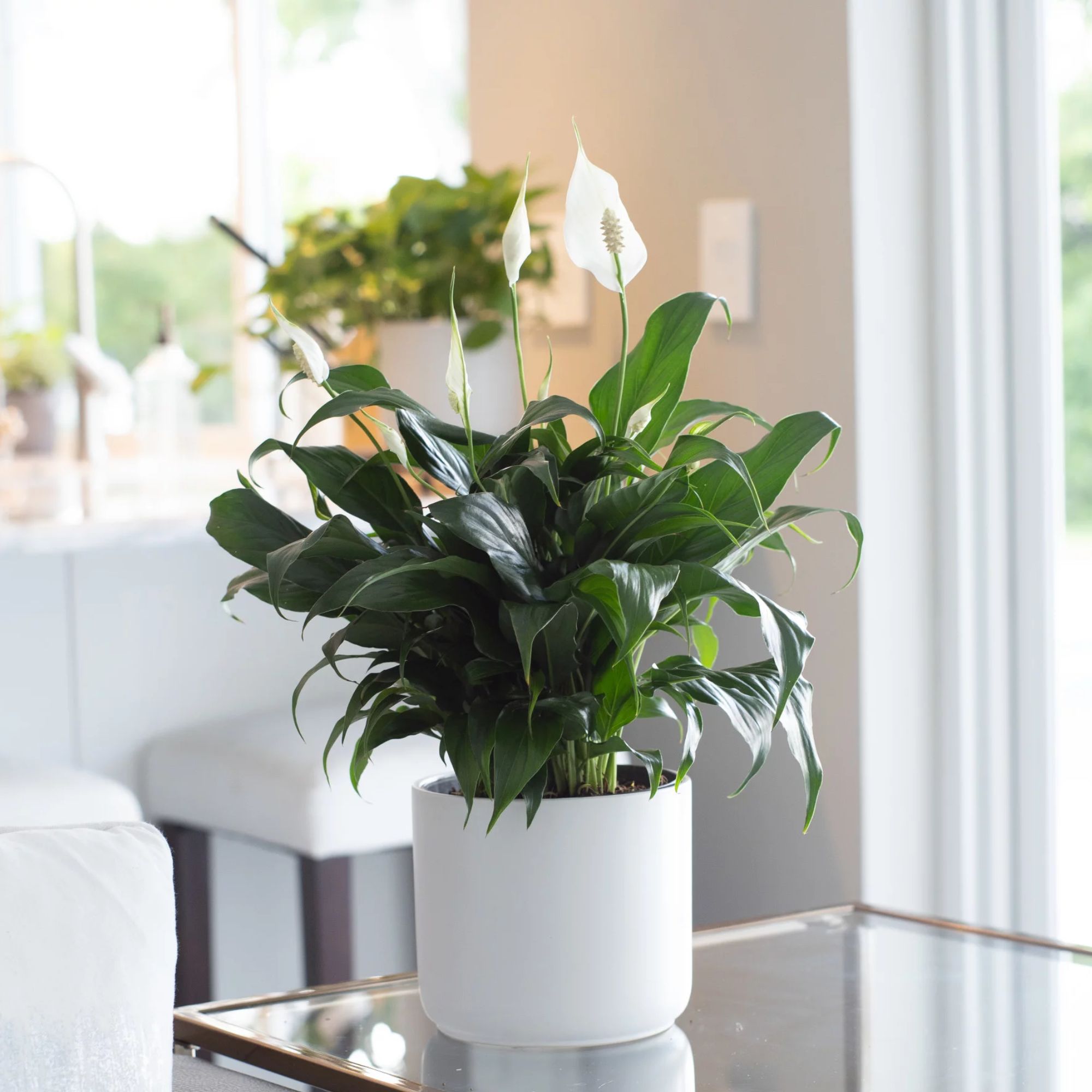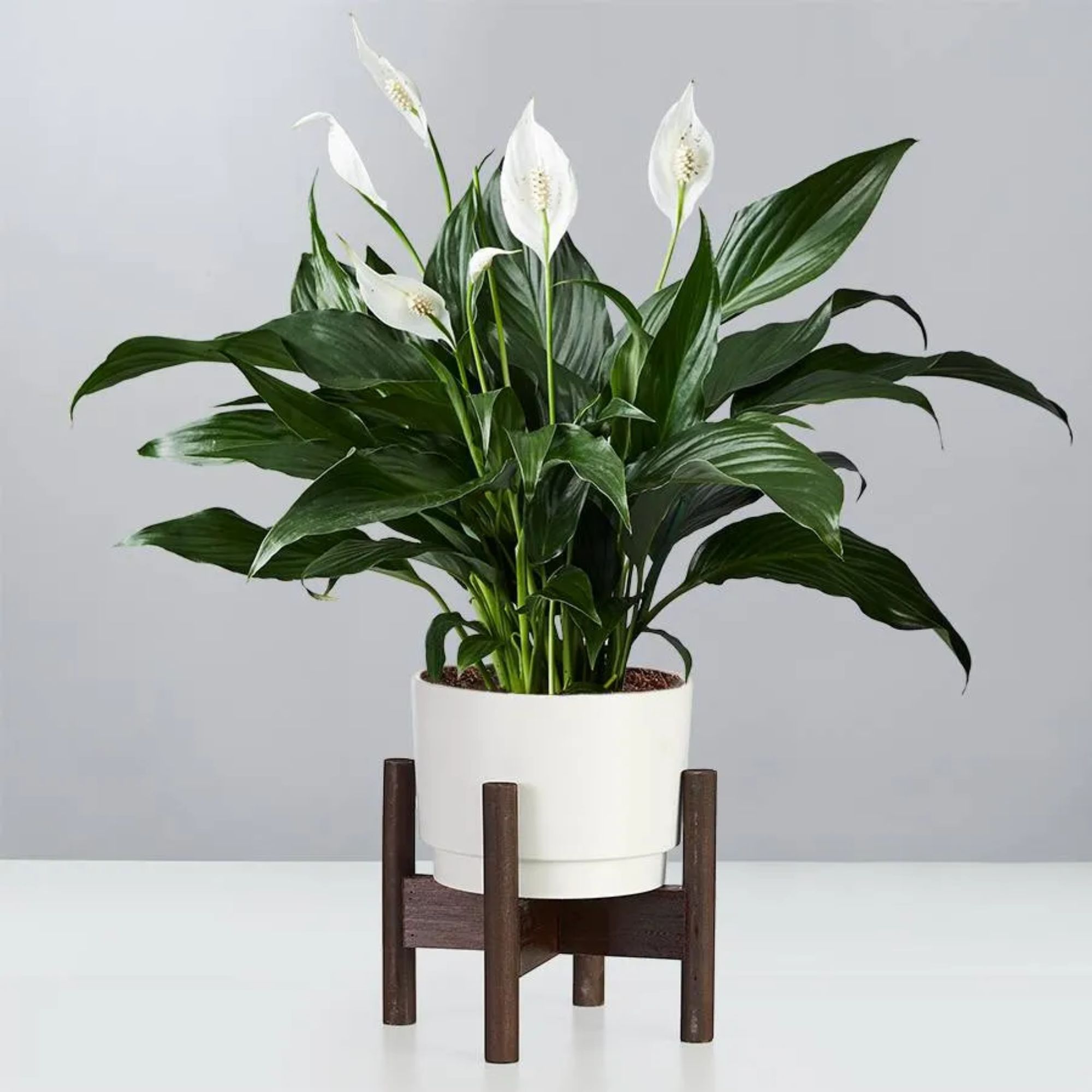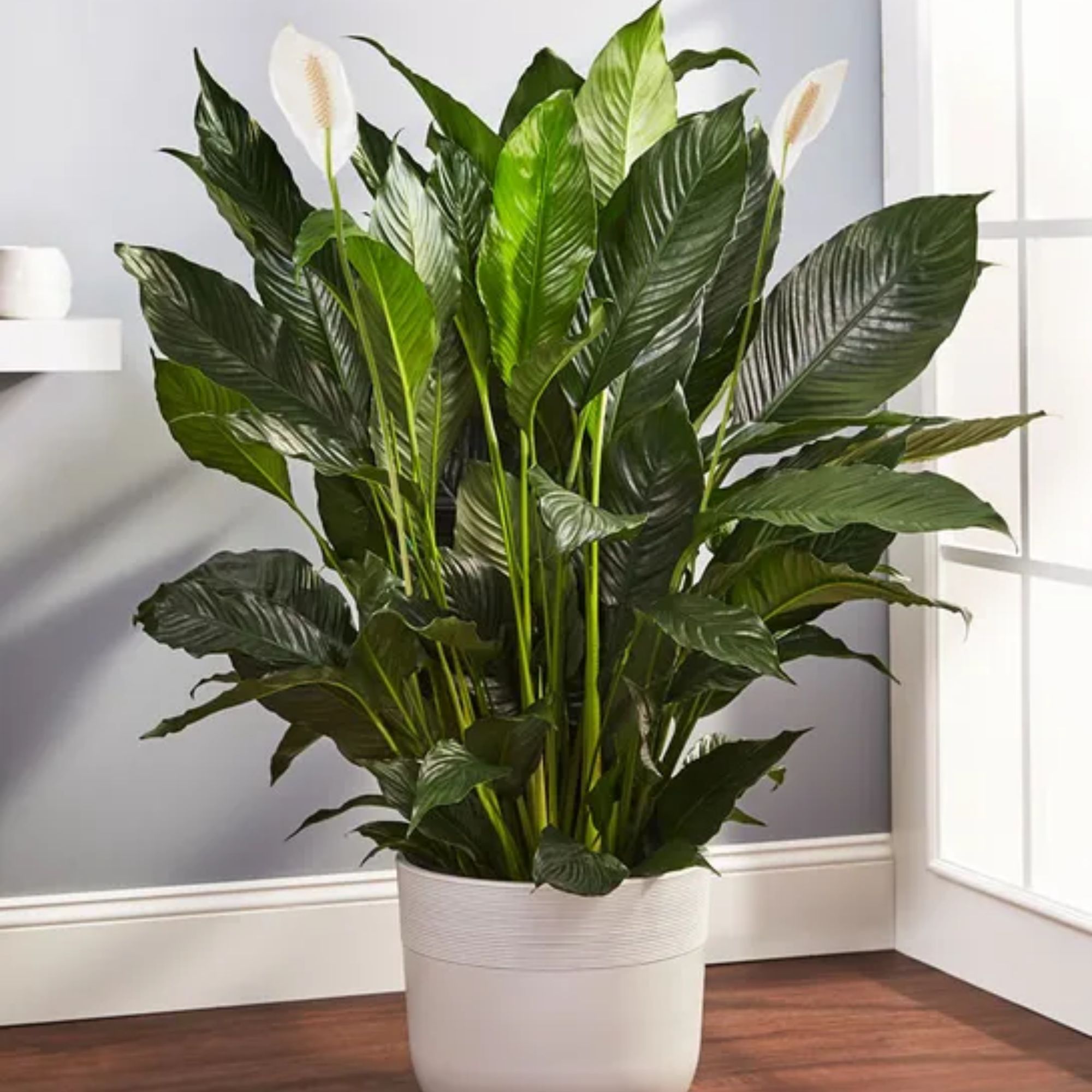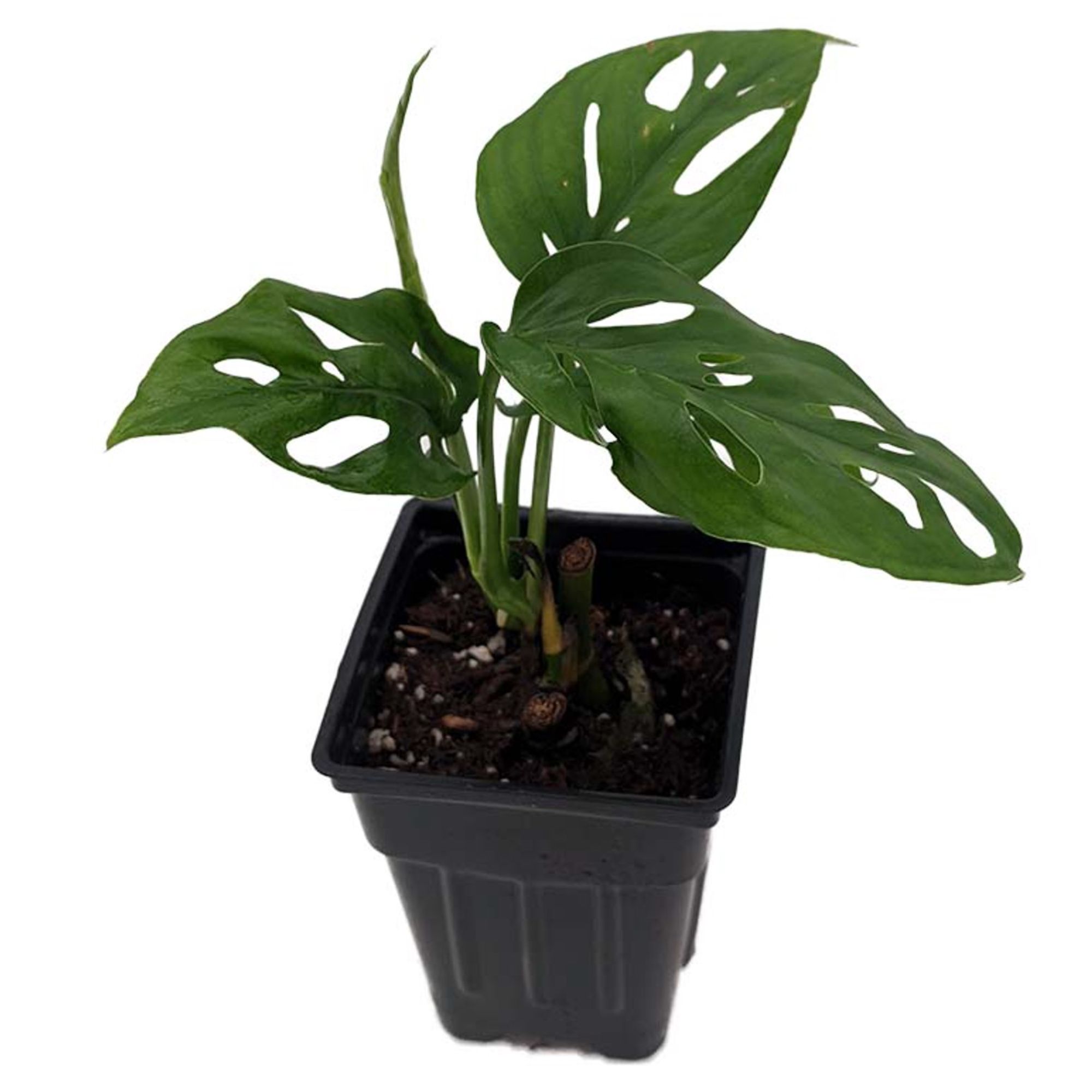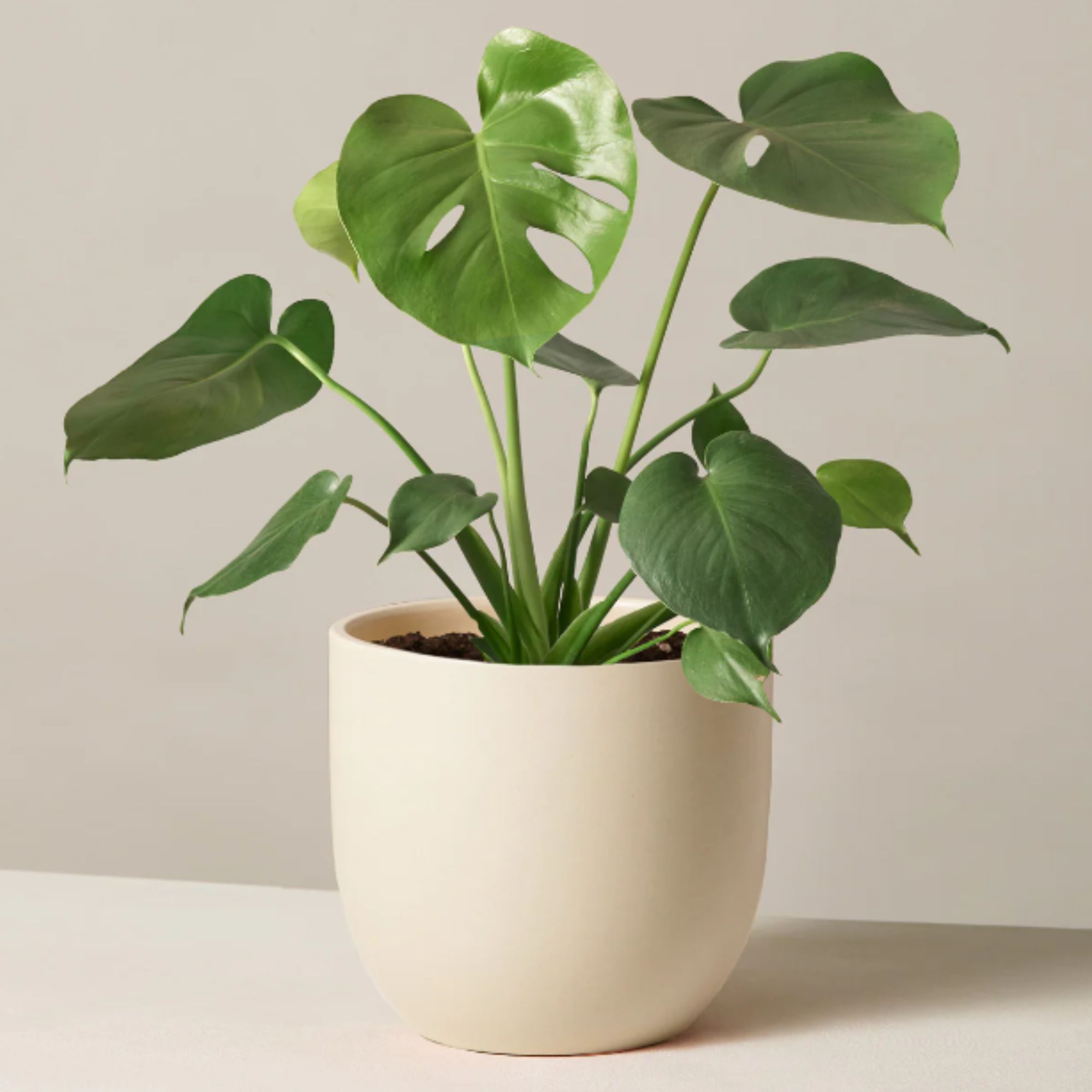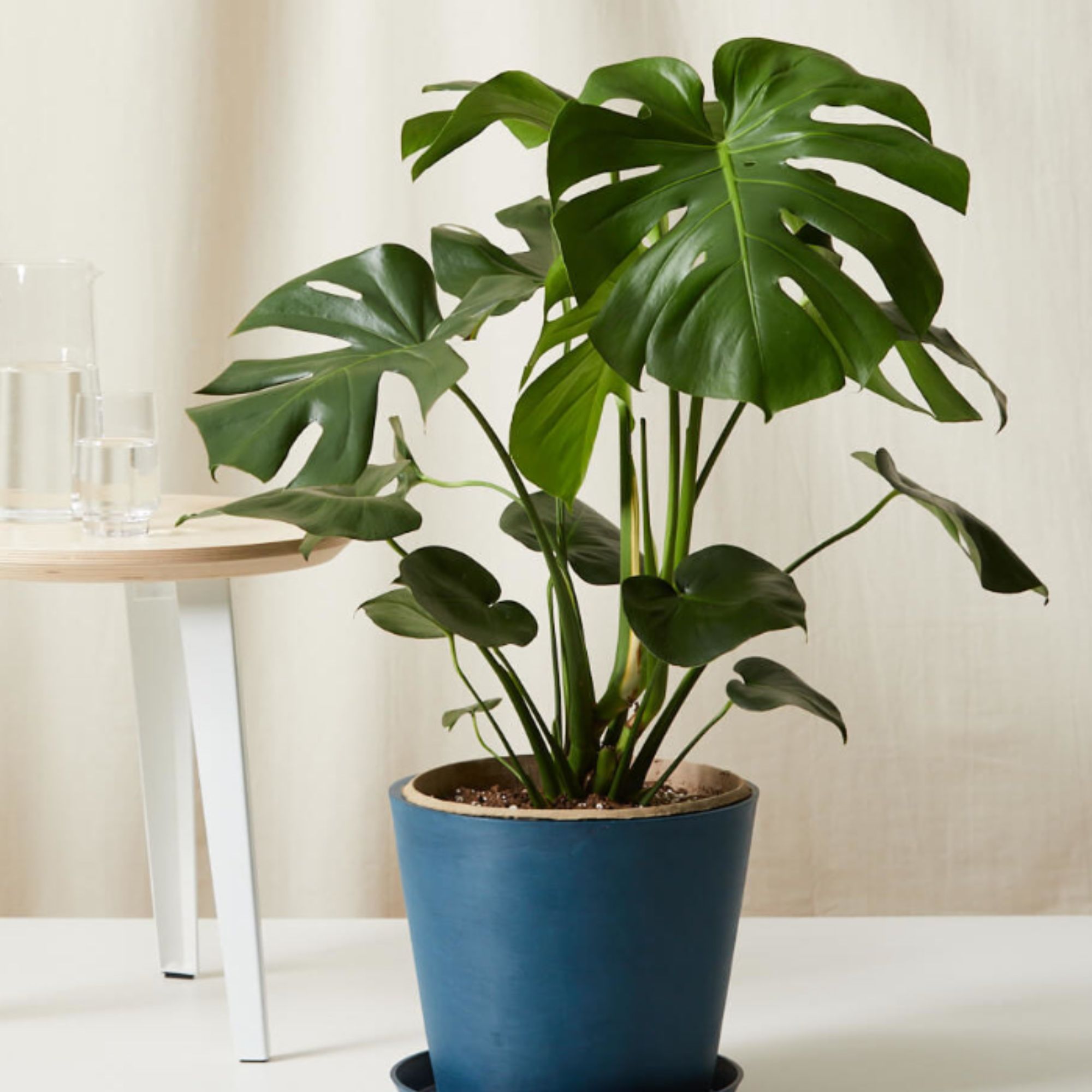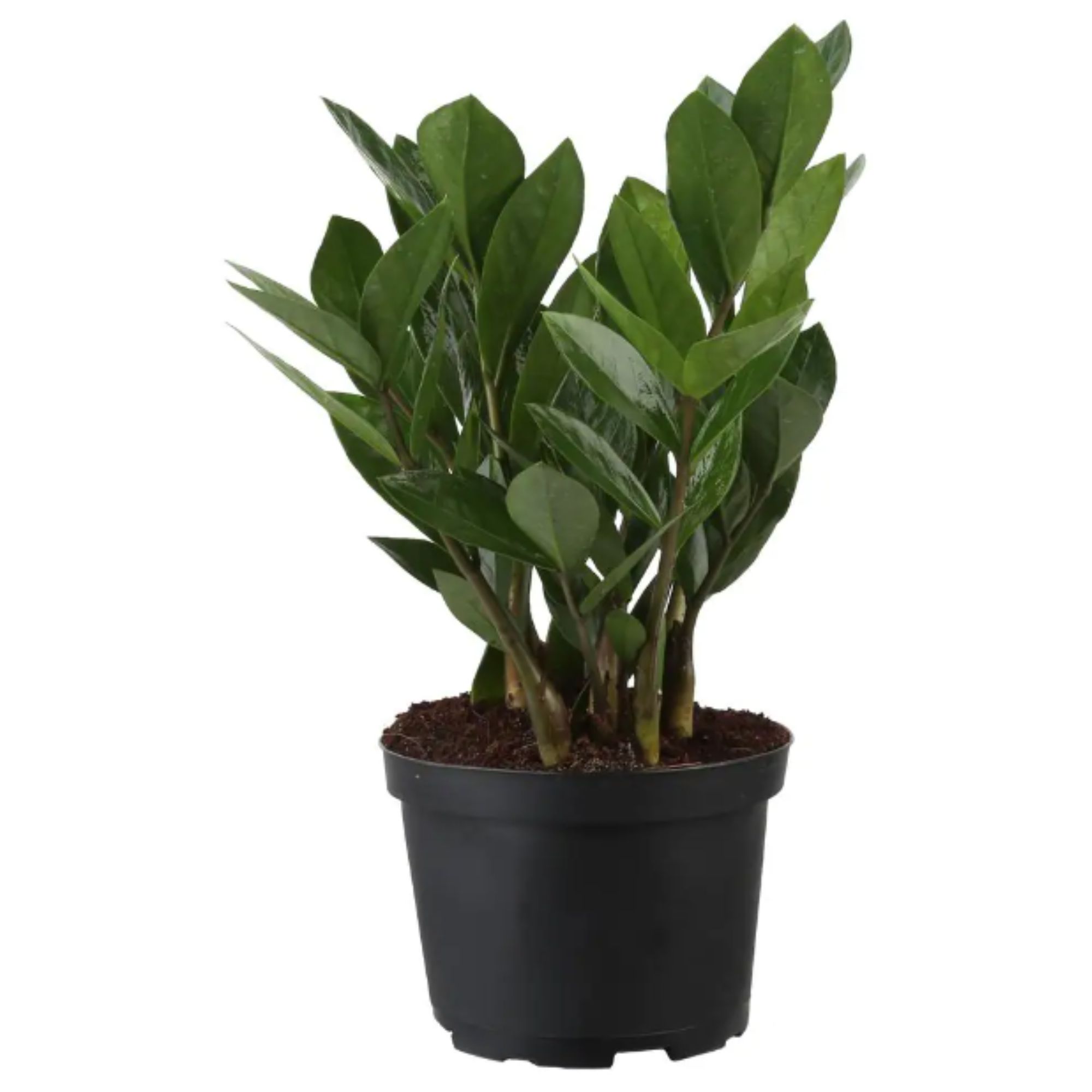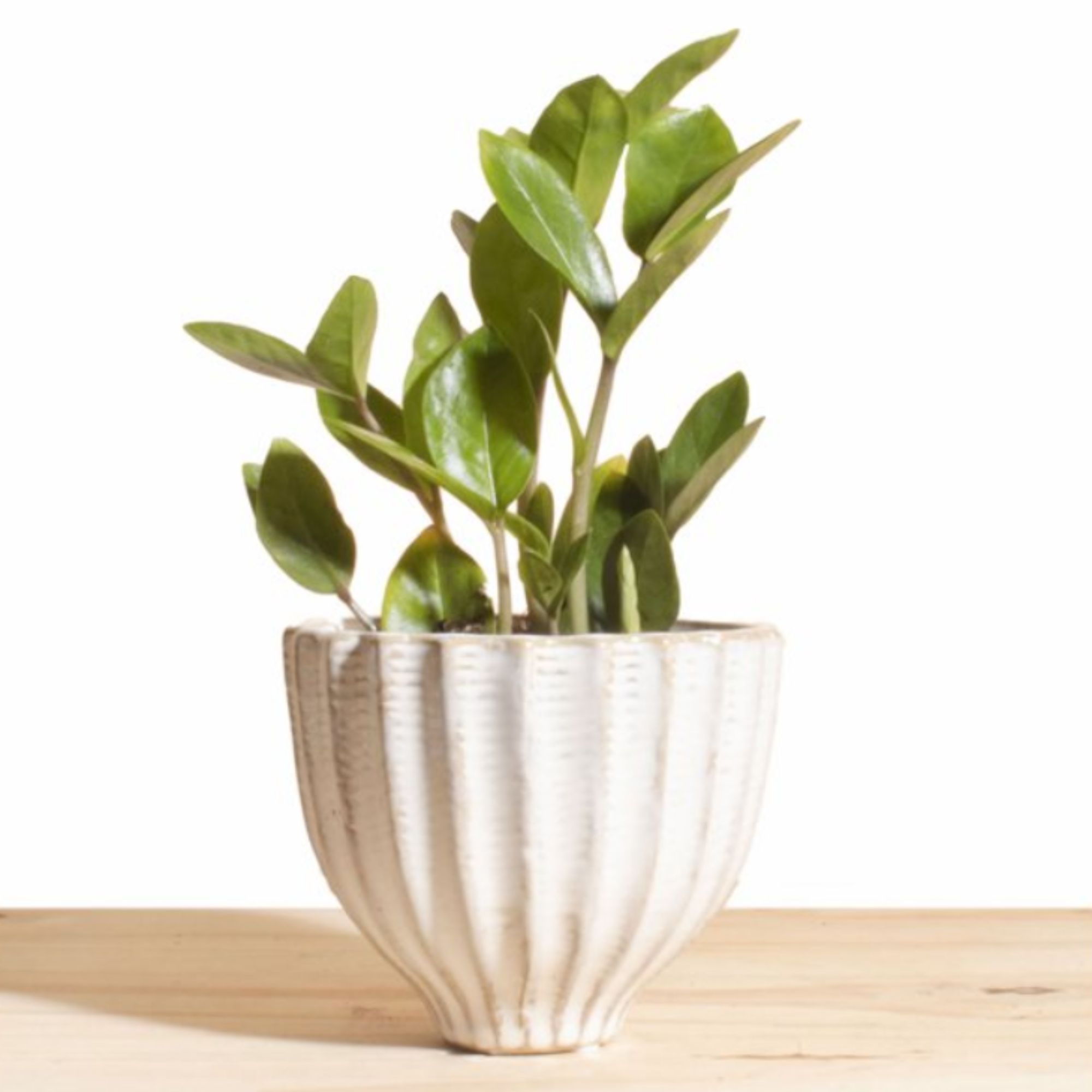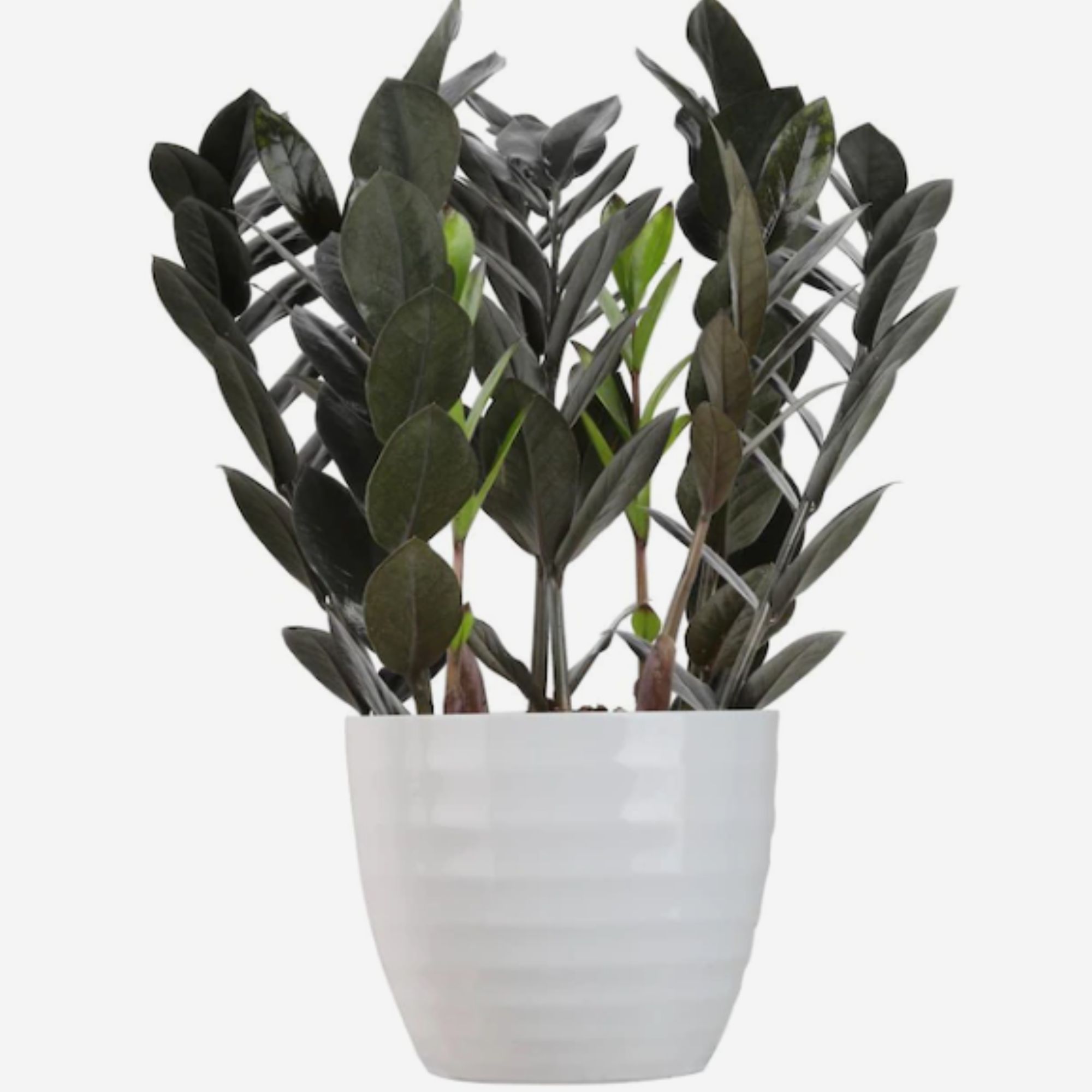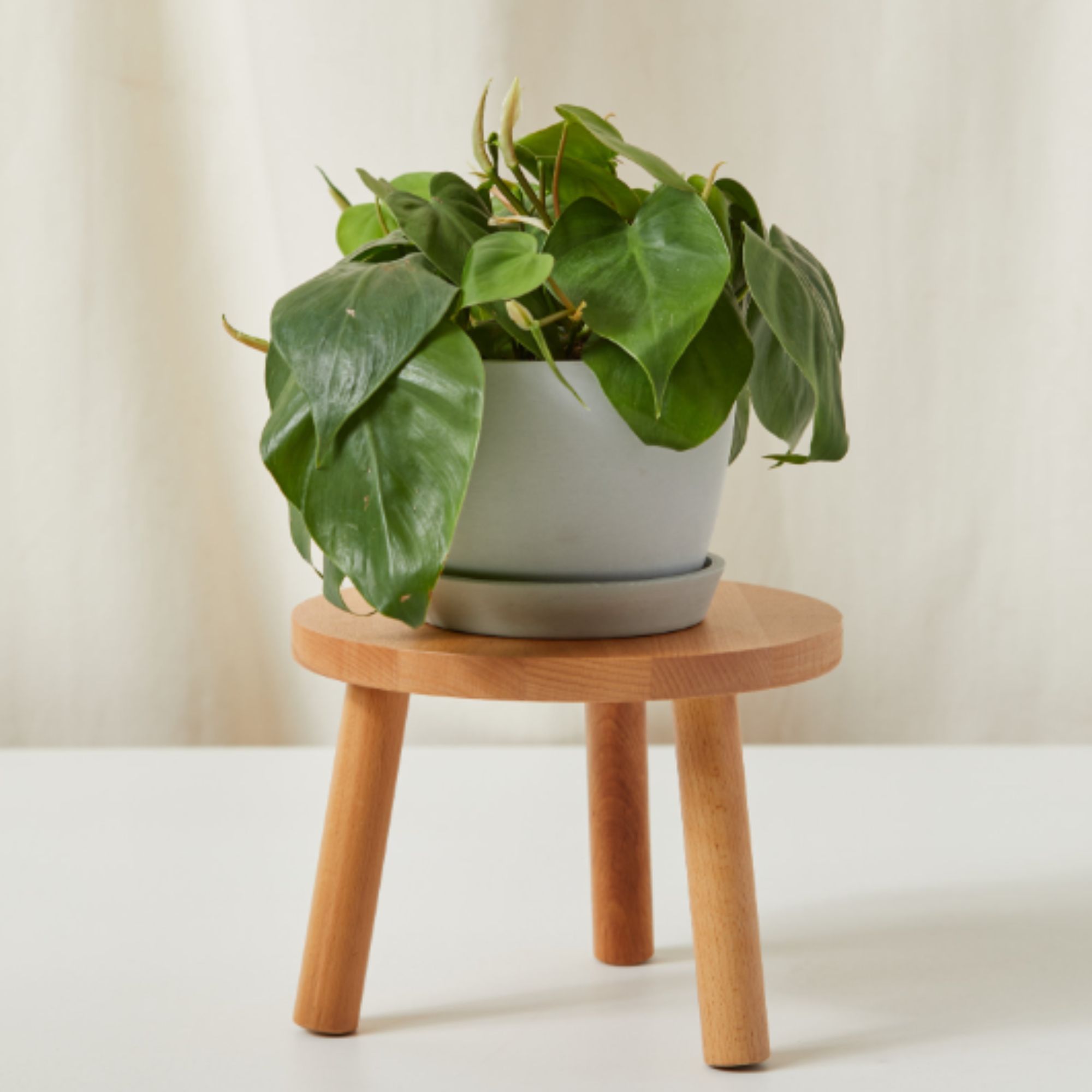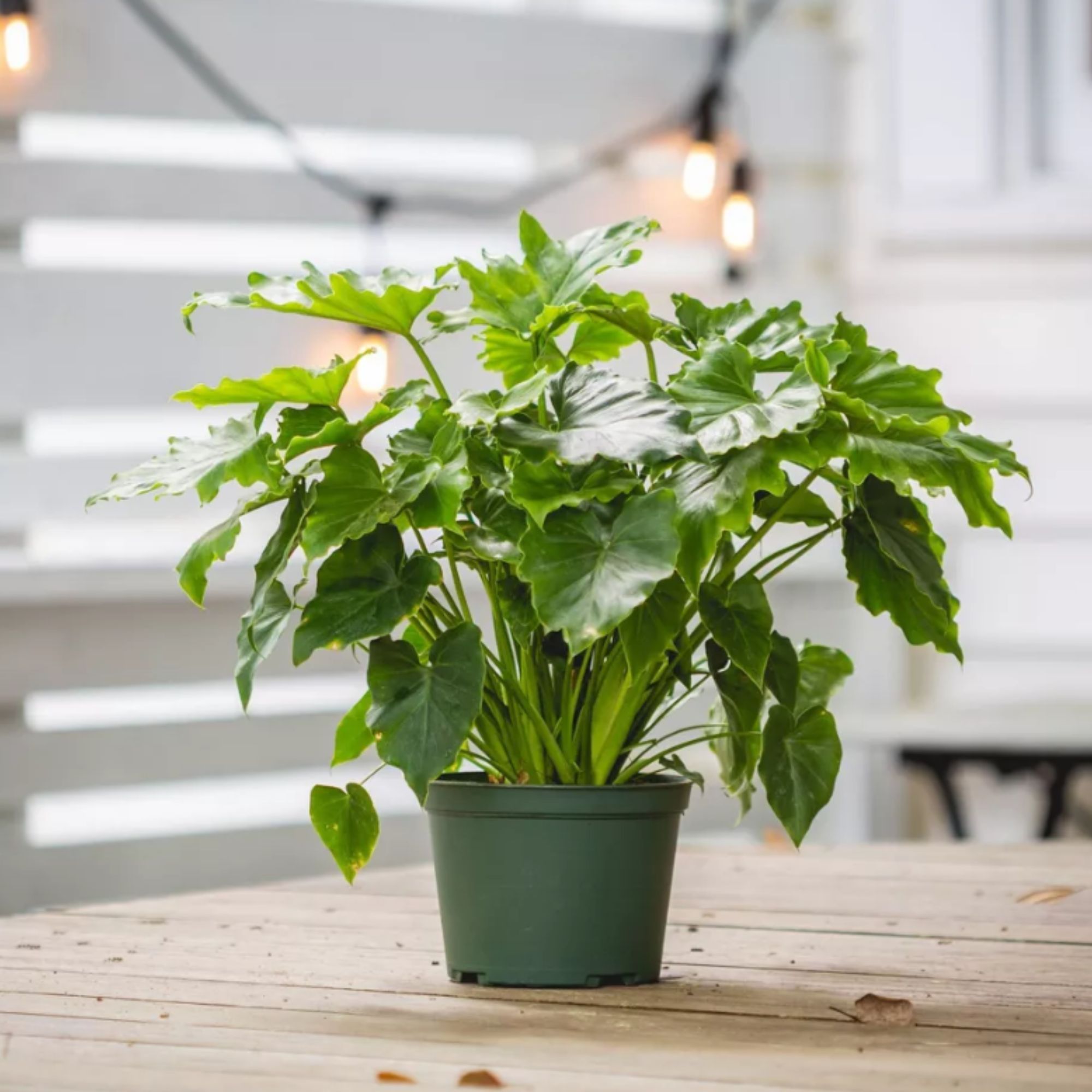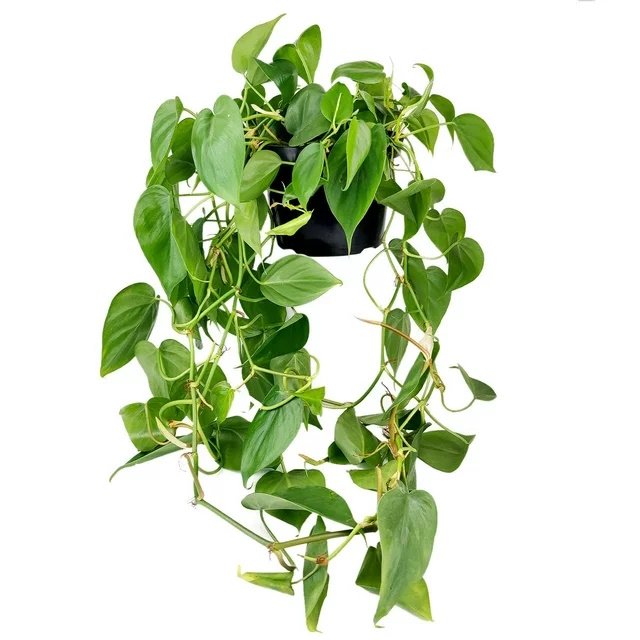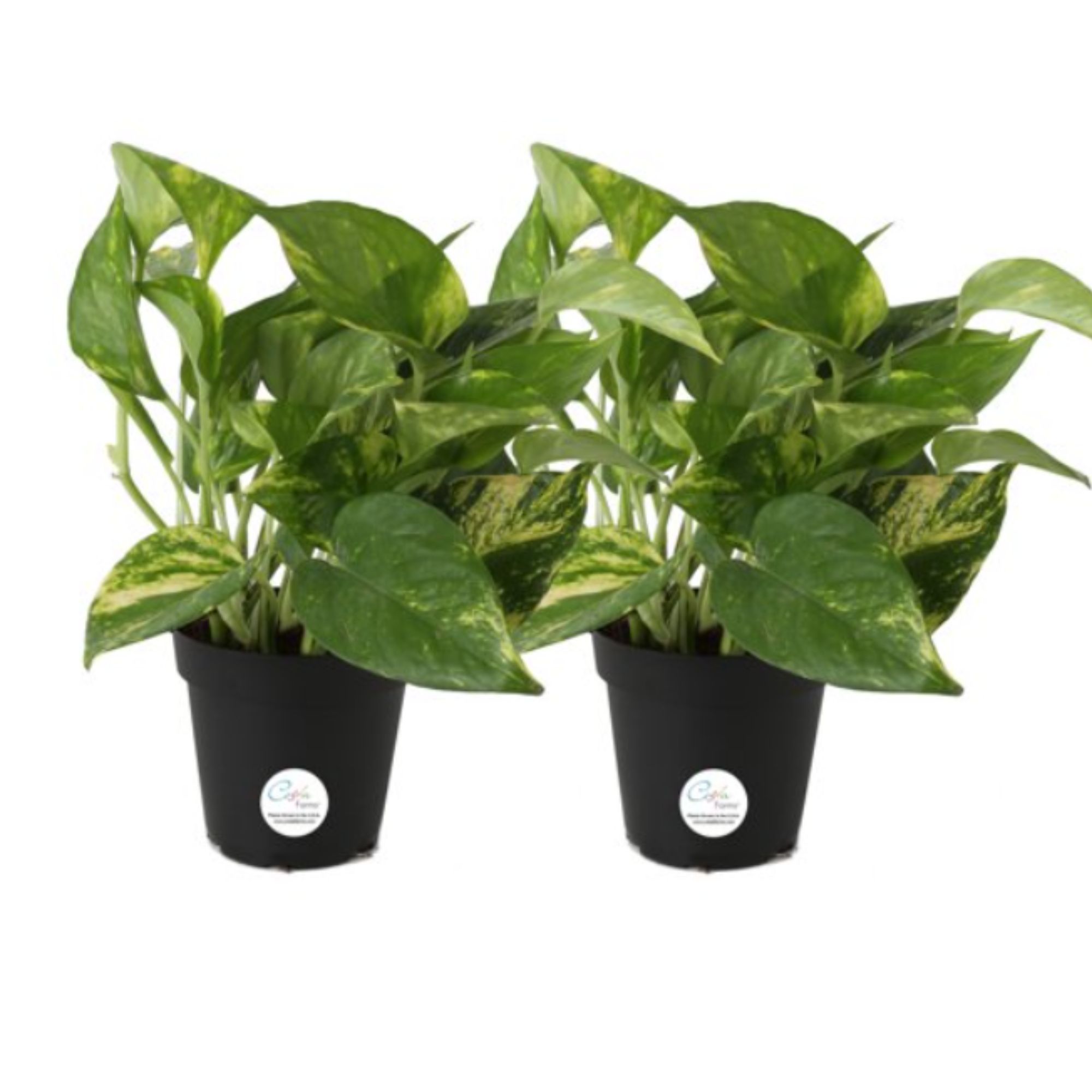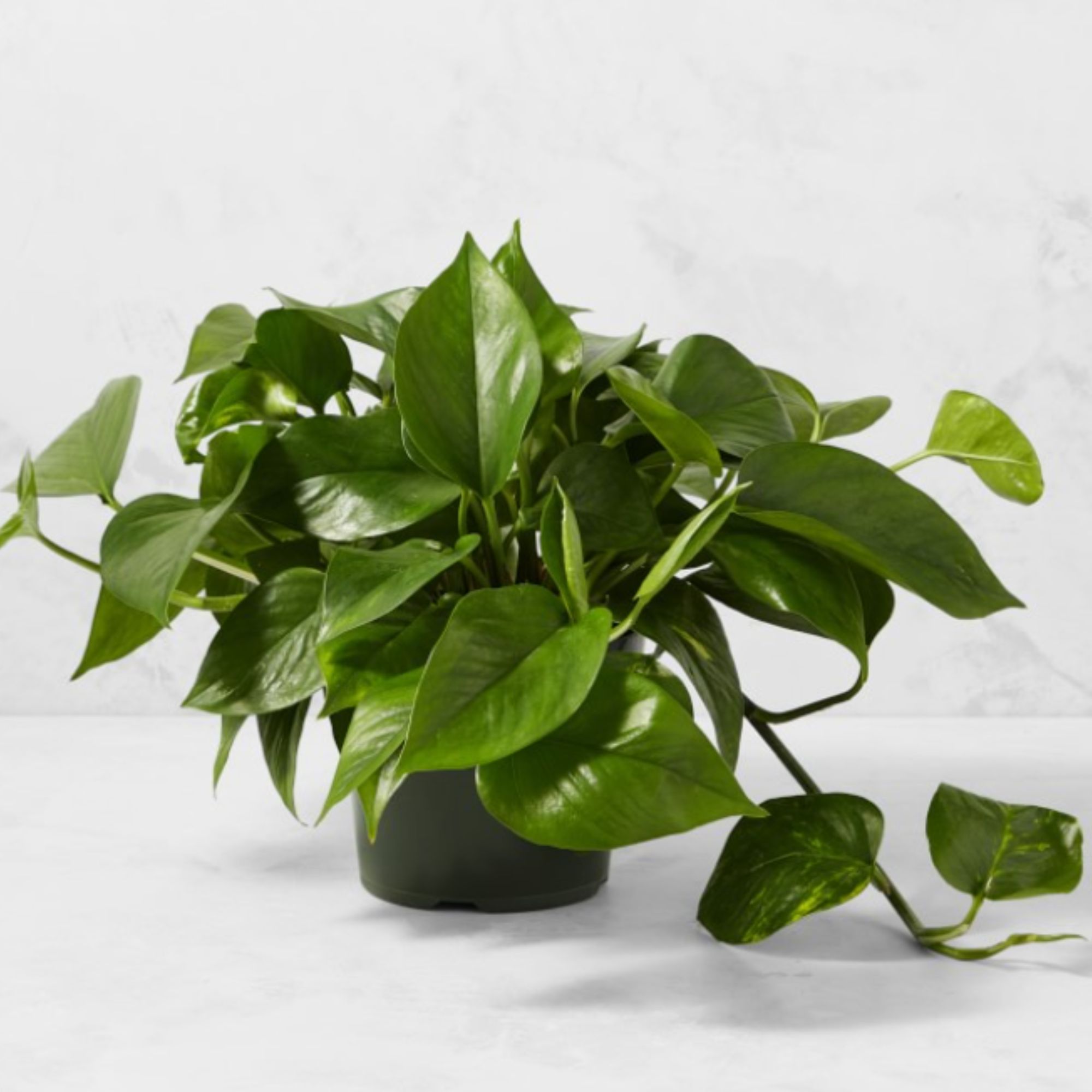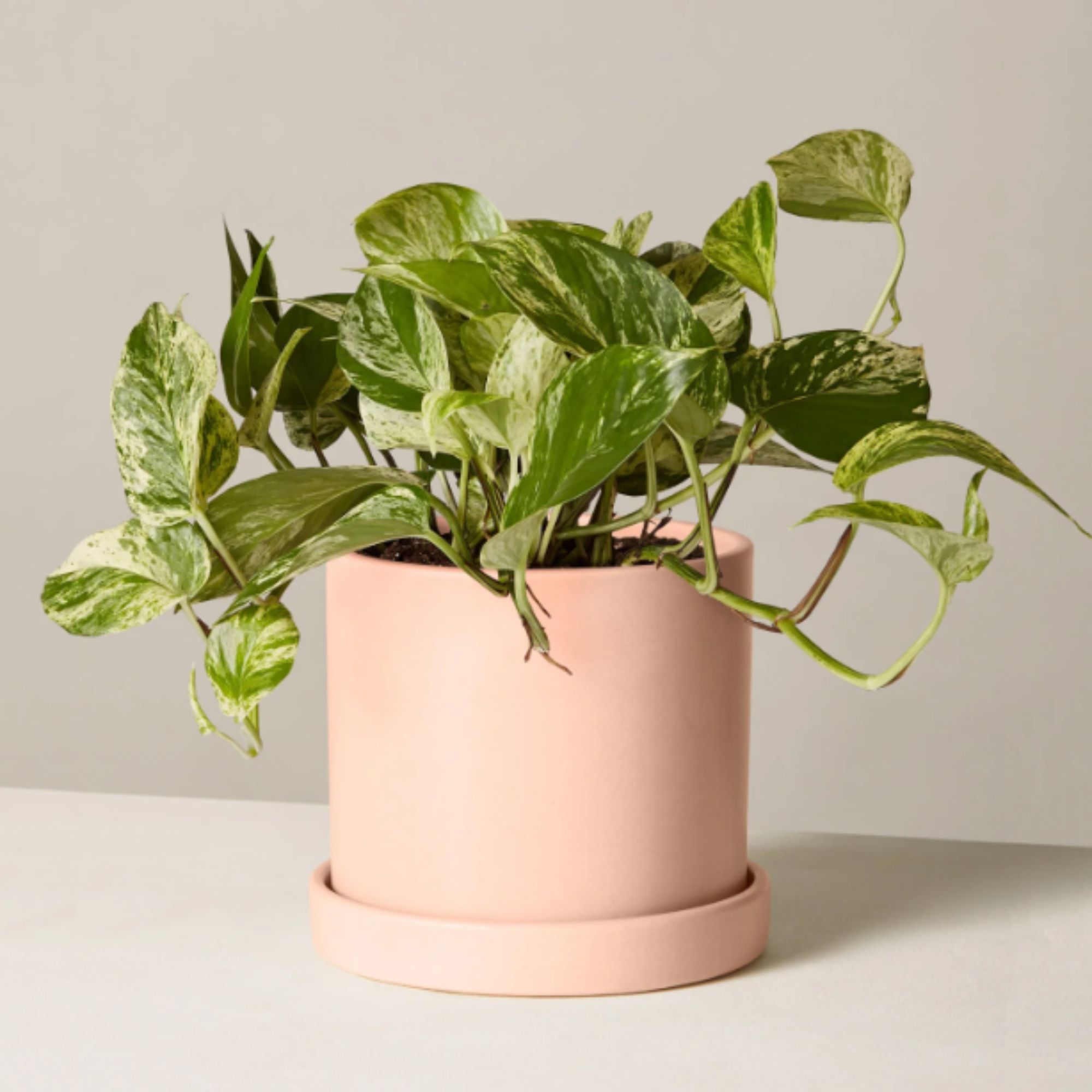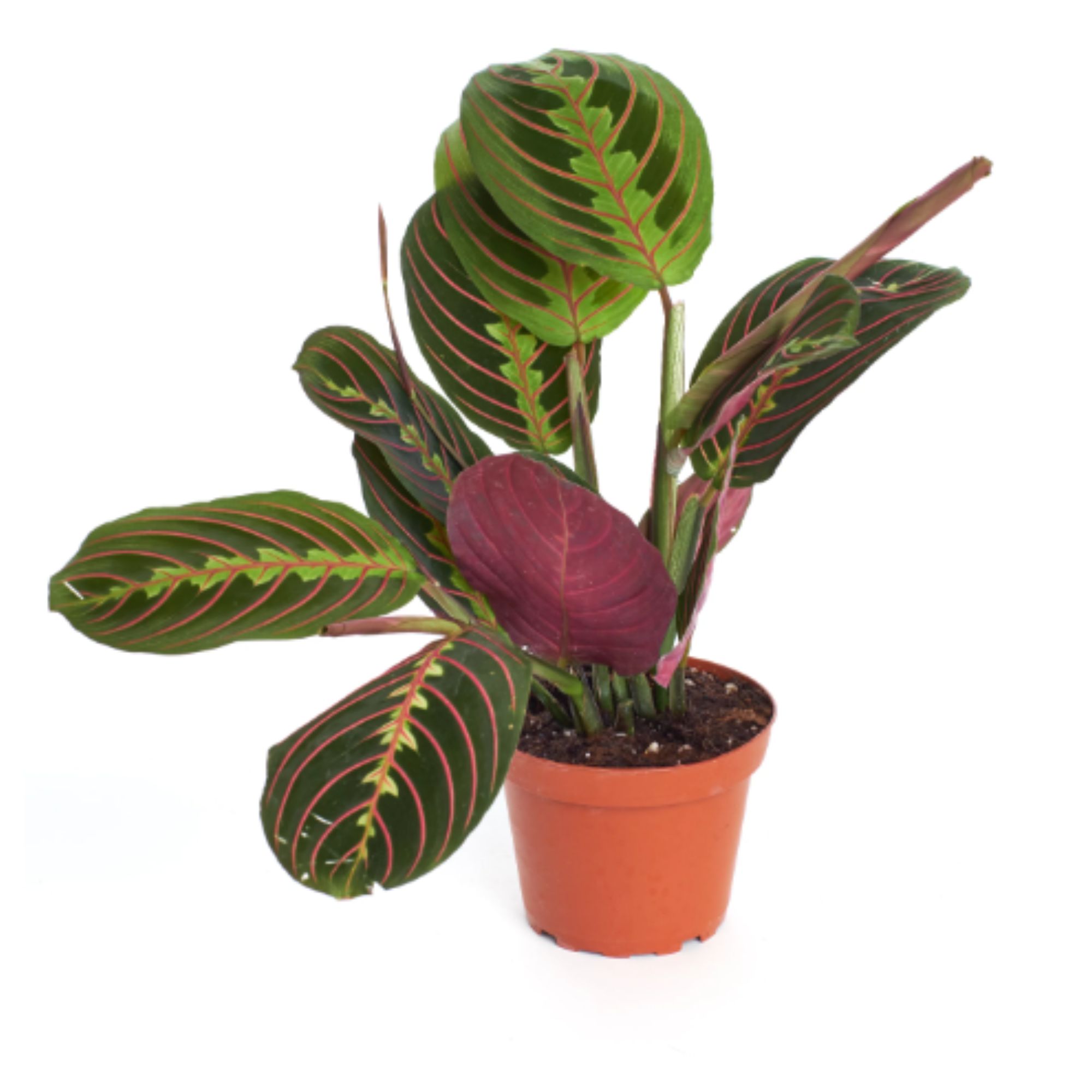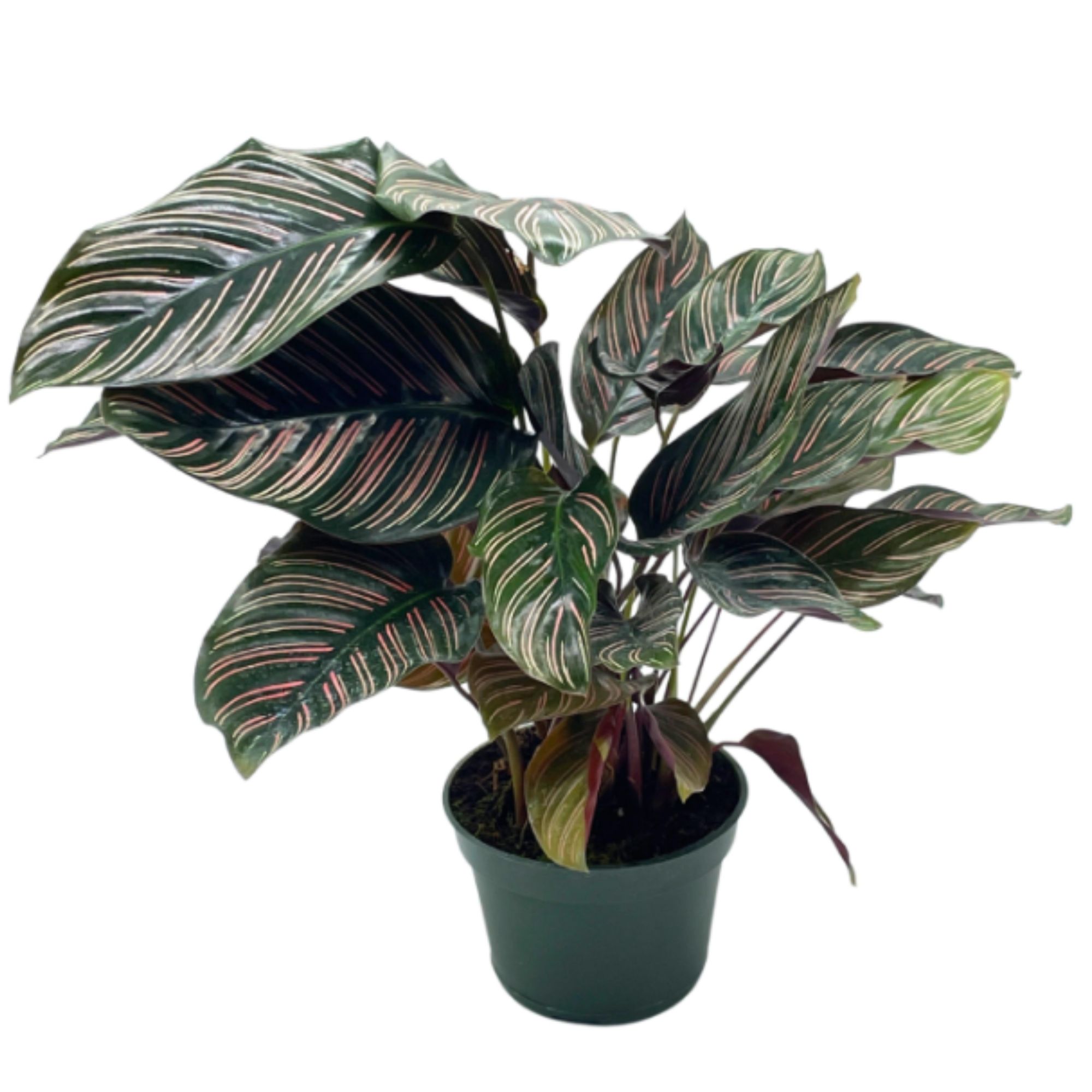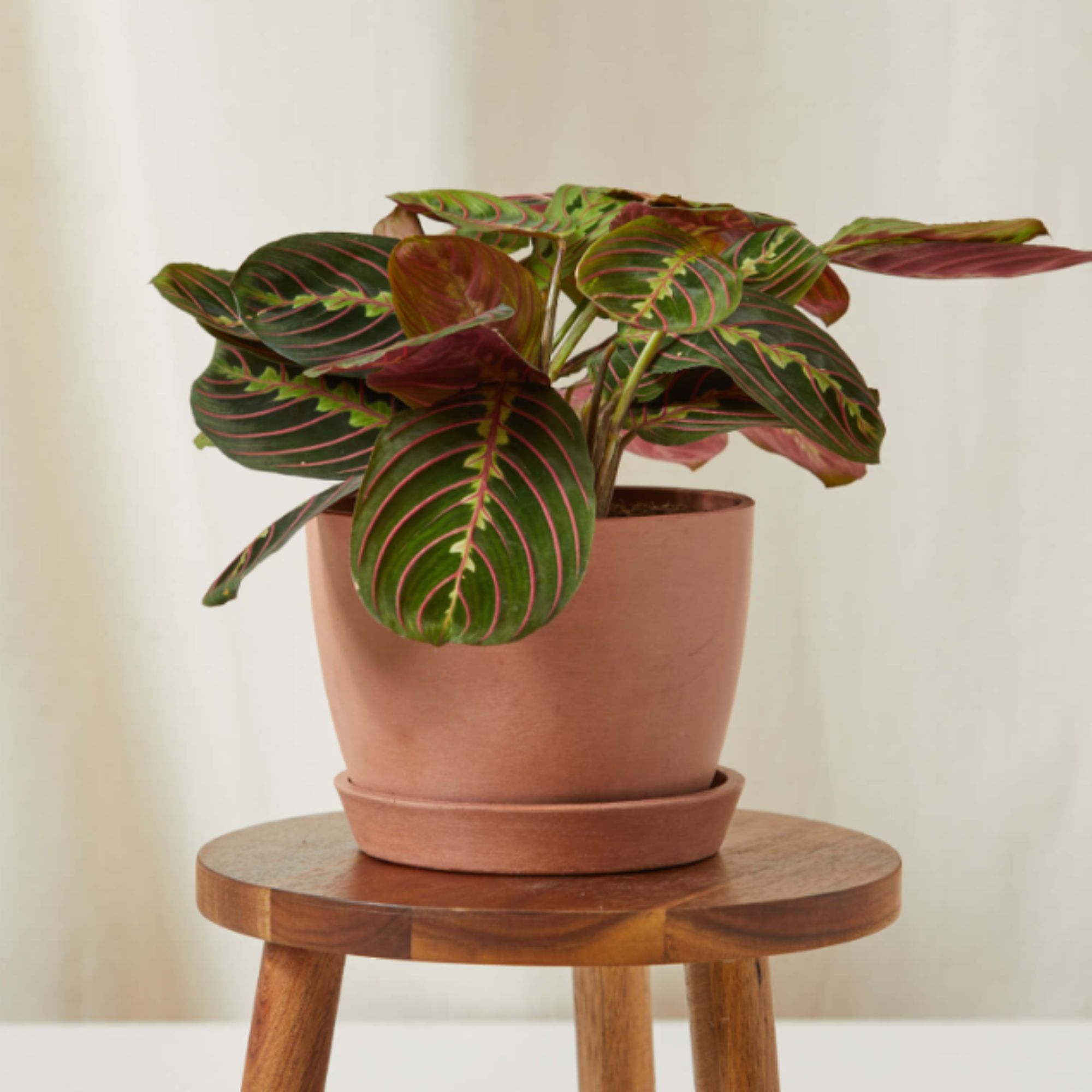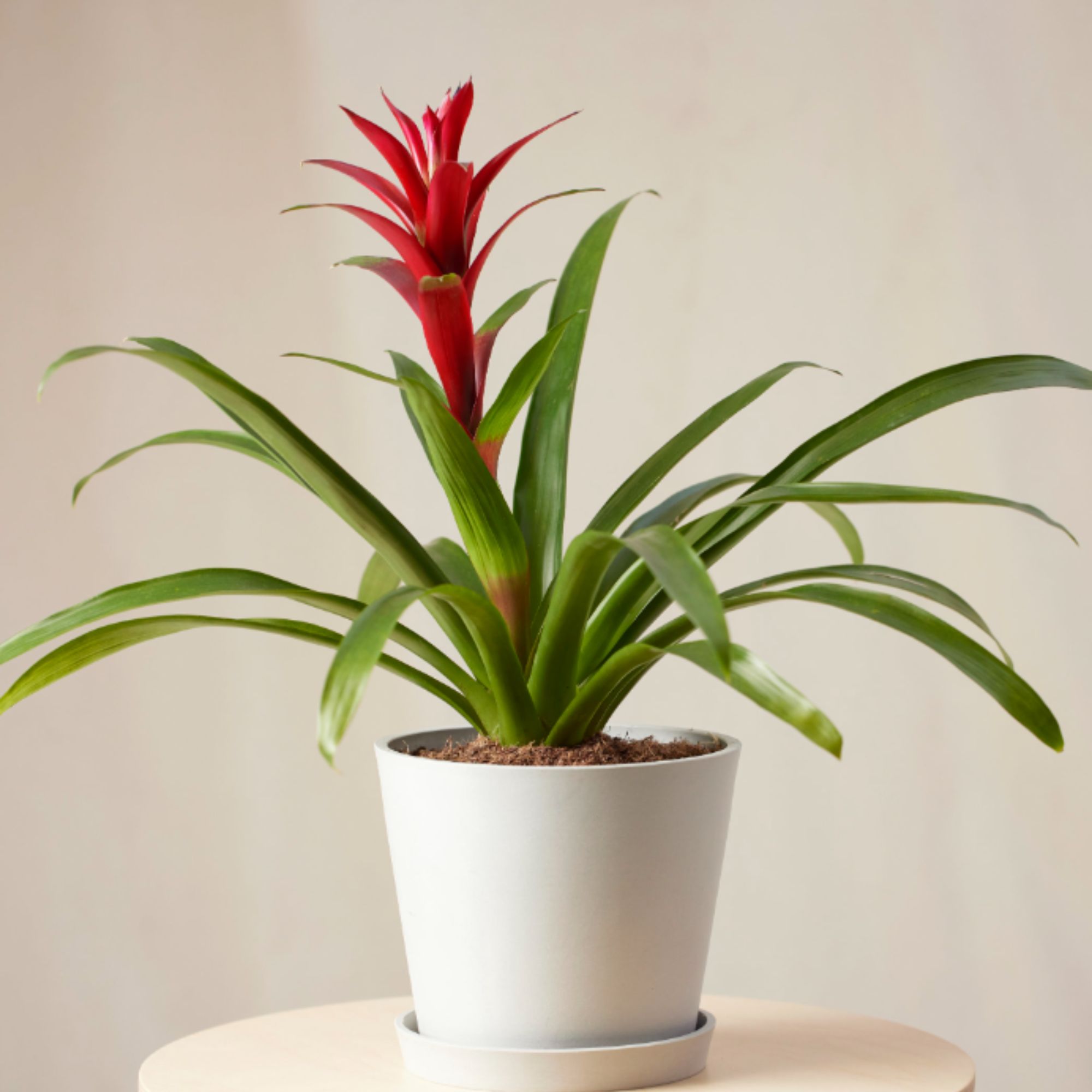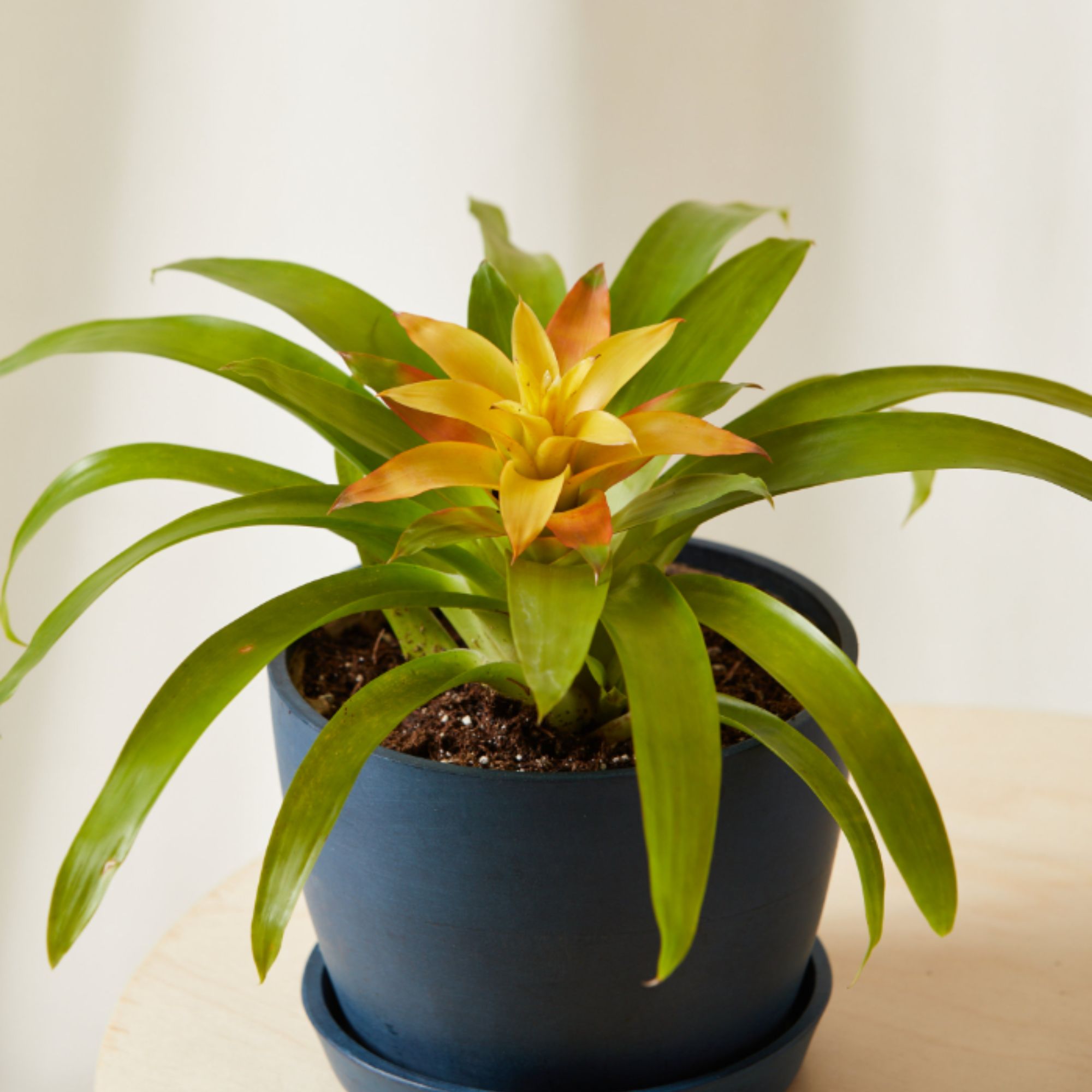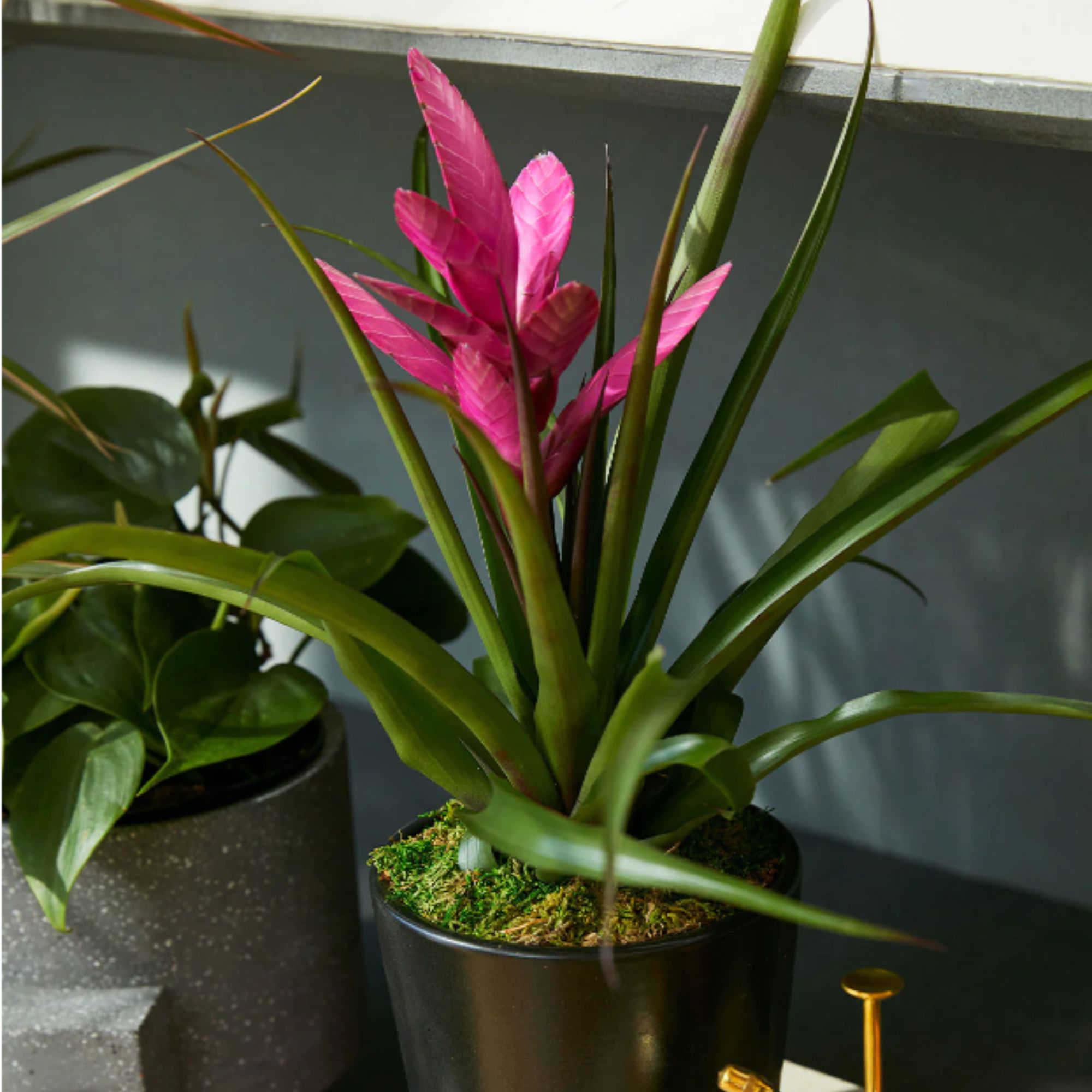Best indoor plants – 12 of the most versatile plants to suit any room in your home
These are the best indoor plants to bring the interior of your home alive

Rachel Bull
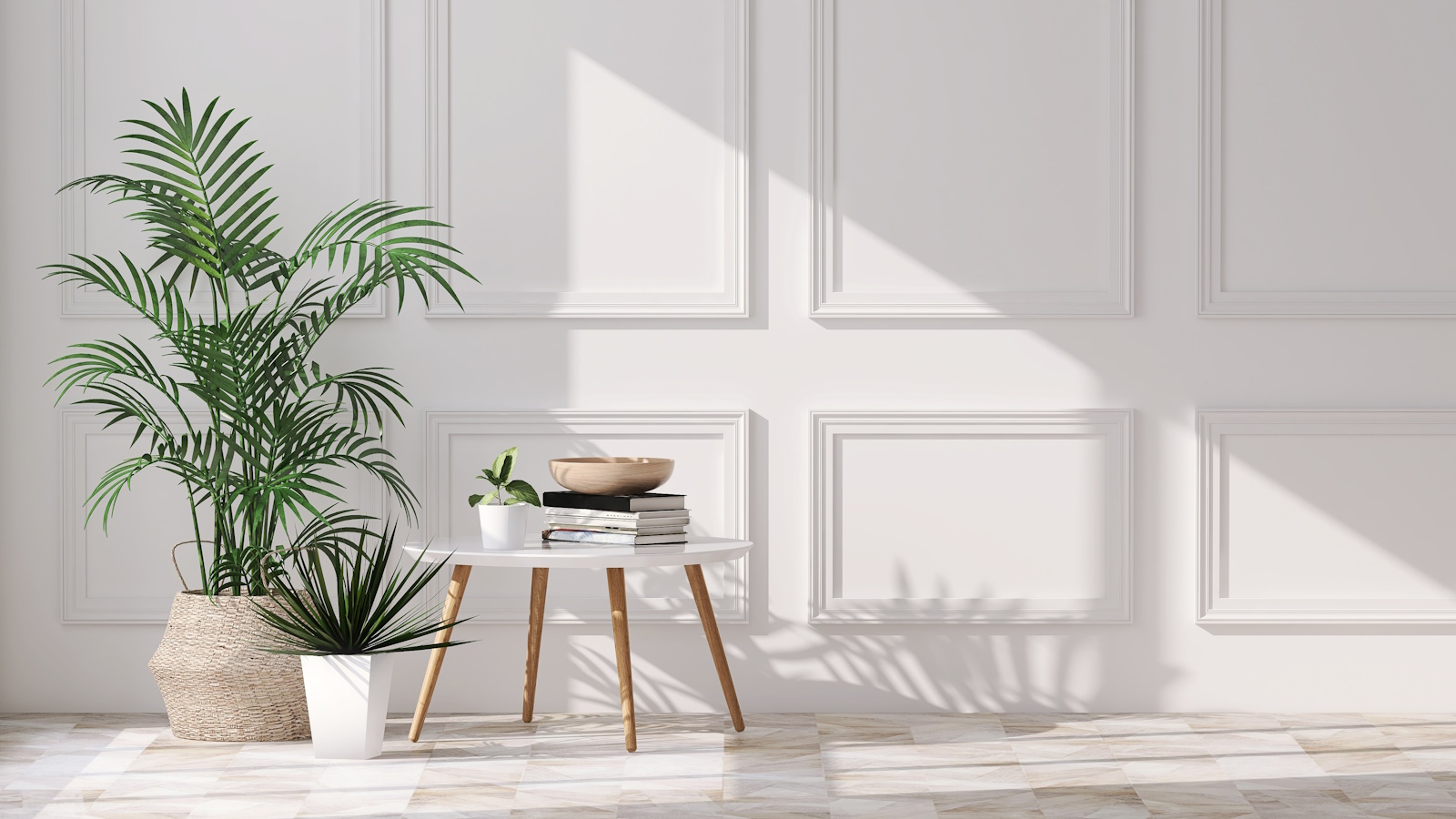
Houseplants have an unwavering ability to bring a home to life. No matter the size or style of your space, there will be a plant to suit you.
There are easy indoor plants for beginners, such as a lush, trailing pothos; low-maintenance indoor trees, including the fiddle leaf fig and rubber tree; statuesque favorites such as the monstera or kenita palm; right through to the trickier ferns and calatheas - somewhat renowned for being diva-like in their demands.
The only real issue is how to choose which of the best indoor plants is right for you. I know from my many years of plant parenting that it's not always as easy as it looks to choose the right plant for the right space, and keep it healthy. One of the things I've learnt is to choose something you know you will love and want to care for, but check you can provide it with the right conditions it needs to thrive.
Many indoor plants originate from the tropics. This gives us a wide range of different plant shapes and growing habits to choose from, but it also means these houseplants will want warm temperatures, and possibly a humid environment.
Luckily, there are also a myriad of houseplants which will happily work hard for you with minimal effort on your part, and are guaranteed to add life, texture, color and a lush botanical feel to any space. We have curated 12 of the best indoor plants to help you green up any room in your home.
Our pick of the 10 best indoor plants
Plant writer Veronica Peerless, author of How Not To Kill Your Houseplant (published by Dorling Kindersley) explains: ‘There’s a horticultural saying of ‘right plant, right place’ and this certainly applies to house plants as well as those in the garden. Be realistic when it comes to placing a plant indoors, consider its practical needs as well as your aesthetic ideal and be prepared to compromise.’
For instance, there are some bathroom plants that are well suited to humid atmospheres, whereas others would struggle in this environment.
Design expertise in your inbox – from inspiring decorating ideas and beautiful celebrity homes to practical gardening advice and shopping round-ups.
Discover which plants are the best fit for you and your home.
1. String of hearts
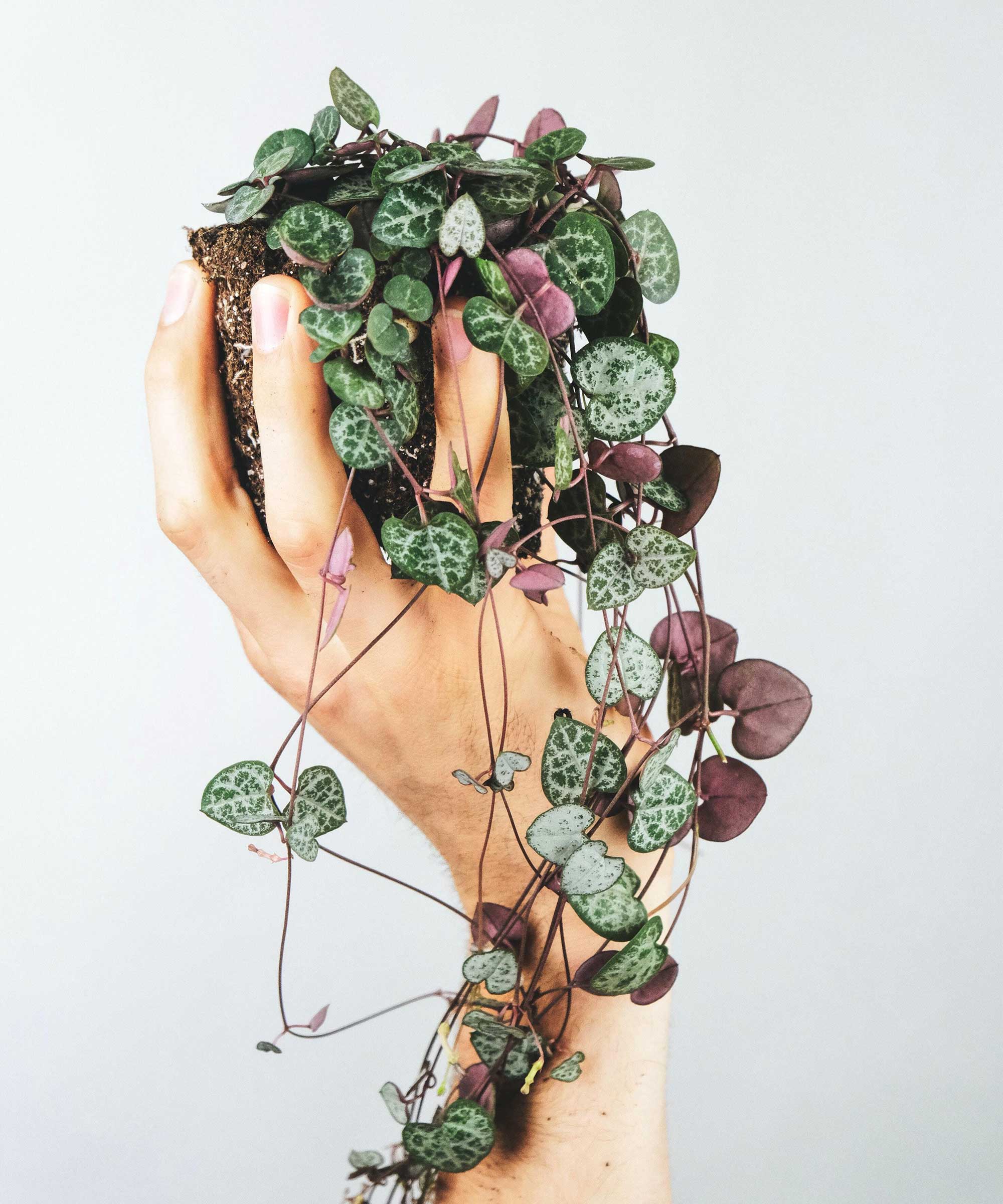
Extremely easy to look after, this delicate trailing plant is very tolerant and undemanding. Pairs of tiny heart shaped leaves are silver-grey with a rose-pink underside.
Just like a succulent, the string of hearts stores water in its long stems, and these can reach up to six and half feet long. As a result, this plant looks stunning on a shelf or popped into a hanging planter above the stairs or window, and is lovely as a bedroom plant.
It is happy at most room temperatures, just avoid draughts or direct sun, it tends to like moist but not waterlogged soil. Want to give it an occasional boost? Then mist with a water spray and pop by a window for a few hours in the morning or evening.
Ideal spot: Bathrooms and bedrooms
Best for: Styling on a dresser or high shelves
Ideal temperature: 46 and 86˚F
Fun fact: These plants can produce tiny, pale pink flowers, which smell of nutmeg
2. Snake plant
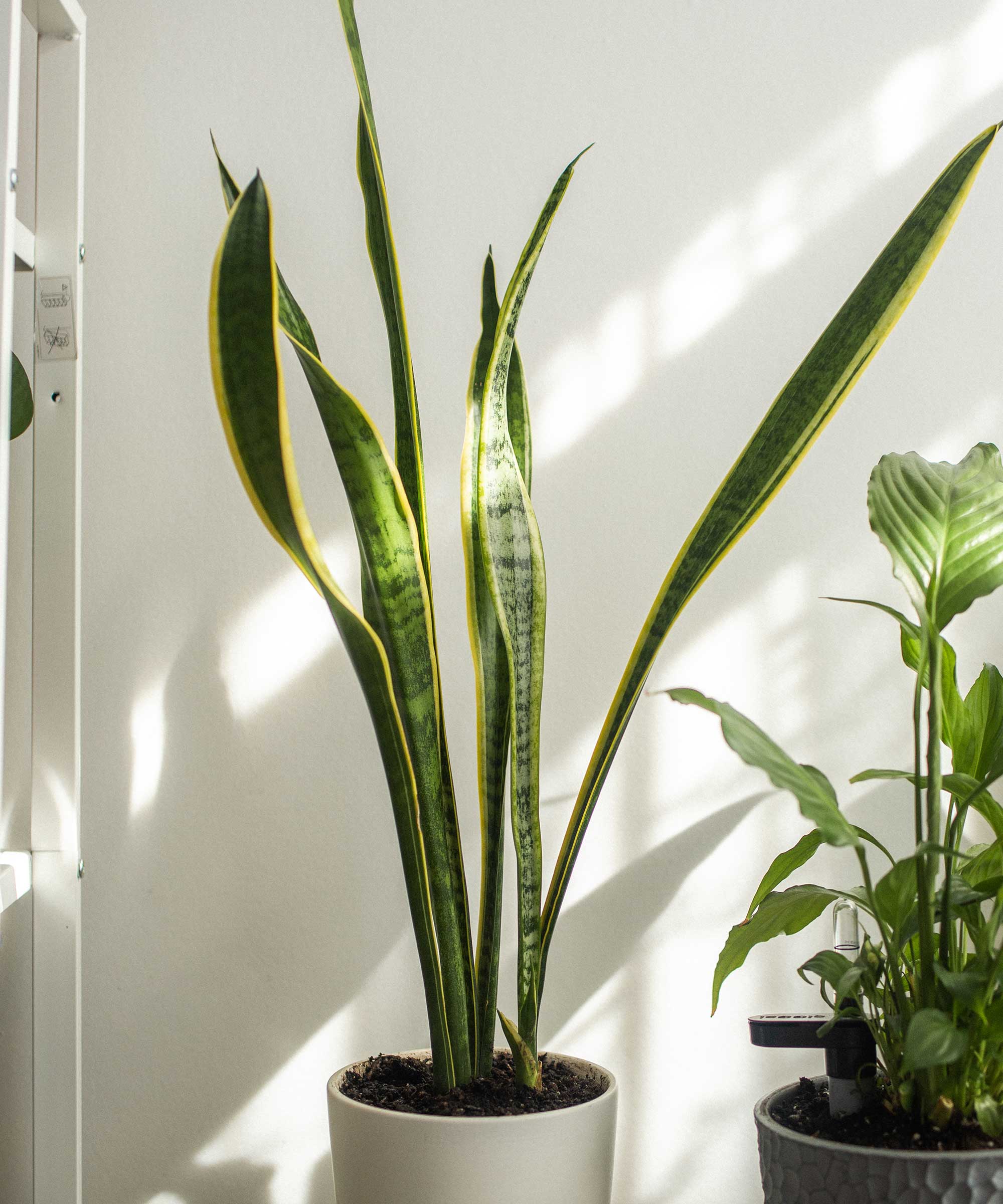
It’s the striped and twisting sword-like leaves that makes this snake plant so dramatic. Tough and extremely drought tolerant, it is often referred to as mother-in-law’s tongue – and makes the perfect showstopper on a side table or sitting neatly in a corner.
There are plenty of different varieties of snake plant to choose from, including dwarf varieties such as Sansevieria fischeri at 16 inches (40cm) up to 3-4ft (91-121cm) for Masoniana and trifasciata types.
Relatively slow growing, they can cope with low light conditions but will grow faster in brighter conditions. They are also fairly easy to propagate.
Native to west Africa, these plants can stay outside in hardiness zones 9-12. They will die though if left in temperatures below 50F or exposed to frost. During spring and summer water once a week but do drop to once a month in fall and winter when the plant is dormant.
Ideal spot: Cozy corners
Best for: Adding structure to your interiors
Ideal temperature: 70 and 90˚F
Fun fact: Snake plants have air purifying qualities that are said to help you sleep better
3. Peace lily
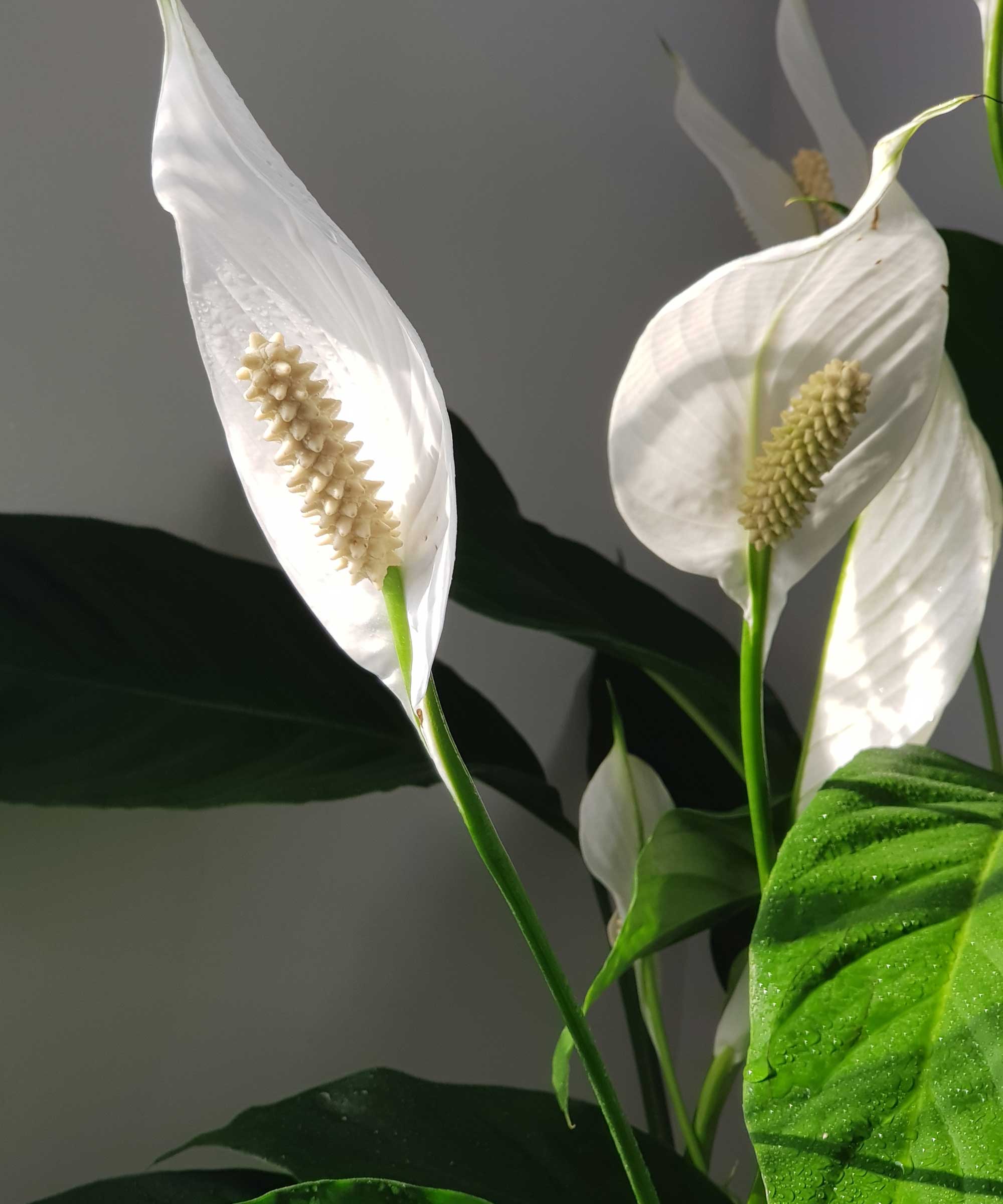
The epitome of elegance, the peace lily, with its glossy tear shaped leaves and pure white flowers is one of the most popular indoor plants. Effortlessly chic, they radiate tranquillity and simplicity, but can be a little temperamental at times.
They prefer moist soil, but the good news is that these plants will tell you when they are thirsty as the leaves will droop. Pop it next to the shower for the occasional boost or mist with a water spray.
Avoid direct sun hitting the foliage as it will scorch, but place in a light, bright spot for the healthiest deep green leaves. This plant reaches around 30 inches high (75cm) and will thrive in temperatures 64-75˚F but can cope with lows of 53˚F.
Ideal spot: Light, bright living rooms or large bathrooms
Best for: Elegant flowers
Ideal temperature: 64 and 75˚F
Fun fact: It's known as a feng shui plant, ideal for creating a sense of tranquility in a room
4. Monstera deliciosa
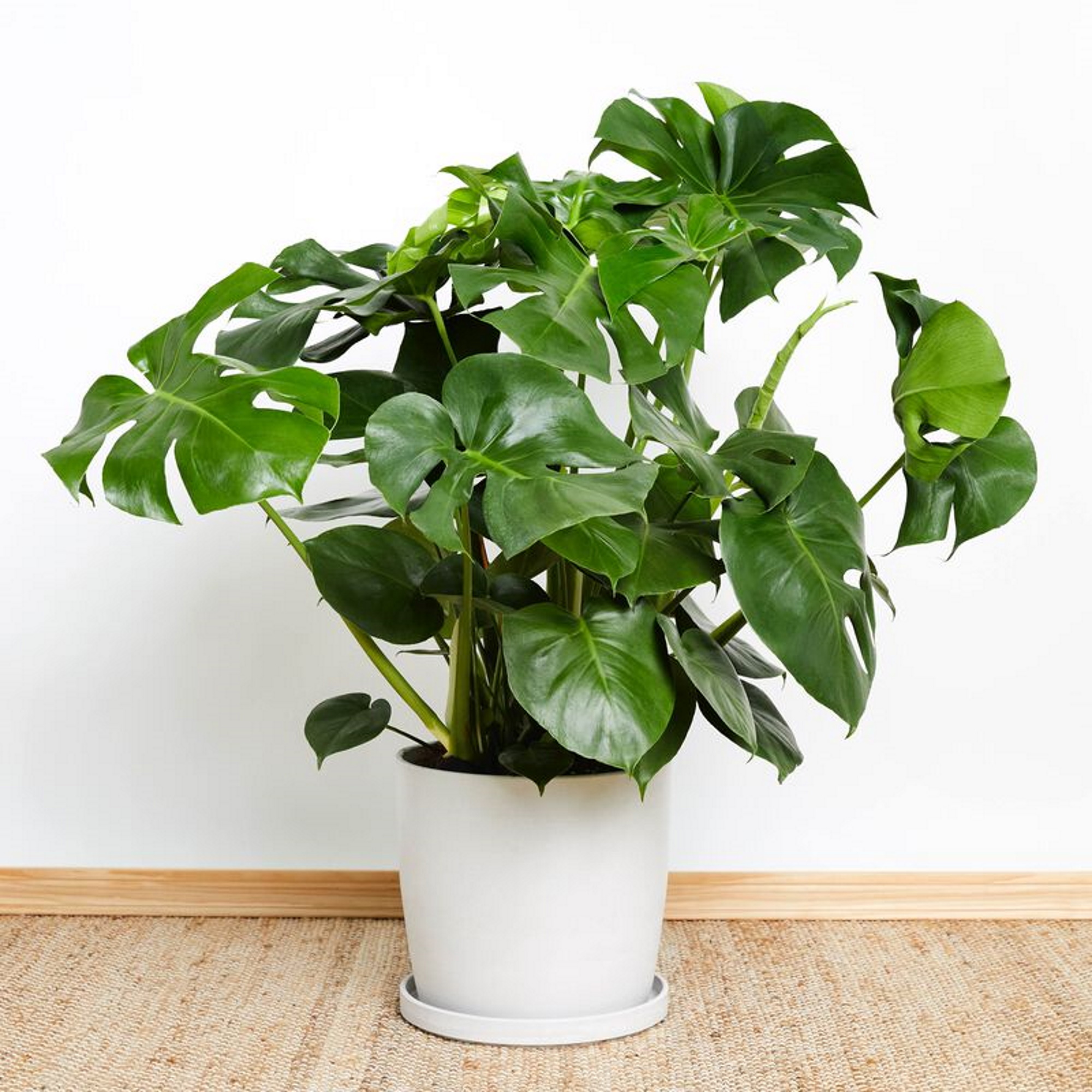
With its giant glossy leaves and tropical vibes – what’s not to like about Monstera deliciosa - or the Swiss cheese plant as it’s also known. Native to Mexico and Central America, it’s an indoor plant that makes a big impact and looks fantastic.
'These plants are native to the rainforests, where humidity is high, rainfall is occasional and heavy, and light is bright but usually shaded by taller trees,' says Rachel Bull, Head of Gardens at Homes & Gardens. 'Try to replicate these warm and humid conditions wherever you place your monstera. I moved mine recently from the living room into my kitchen, which gets a lot of afternoon sun as well as heat from our cooking. So far it is thriving, and will definitely need repotting soon.'
These instantly recognizable plants are climbers with aerial roots, so indoors they do need to be trained up moss cover poles to mimic the trees it clings to in the wild.
Indoors it can grow up to 78 inches high, but the size of pot will limit its growth - repot your monstera if you want a large plant. Preferring warm temperatures of between 64-80˚F, it can tolerate chilly conditions down to 53˚F, but avoid cold drafts. Plus, these are some of the longest-living houseplants to choose from.
Ideal spot: A steamy bathroom or kitchen
Best for: Adding jungle vibes to a space
Ideal temperature: 64 and 80˚F
Fun fact: The Monstera deliciosa 'Thai Constellation' is a variegated variety, which takes this plant to another level style-wise

Rachel is a gardening writer, flower grower and floral designer. Her journalism career began 15 years ago on Country Living magazine, sparking a love of container gardening and wild planting. She then trained and worked as a floral designer and stylist in London for six years, and has created floral installations at iconic London venues including Kew Gardens.
5. ZZ plant
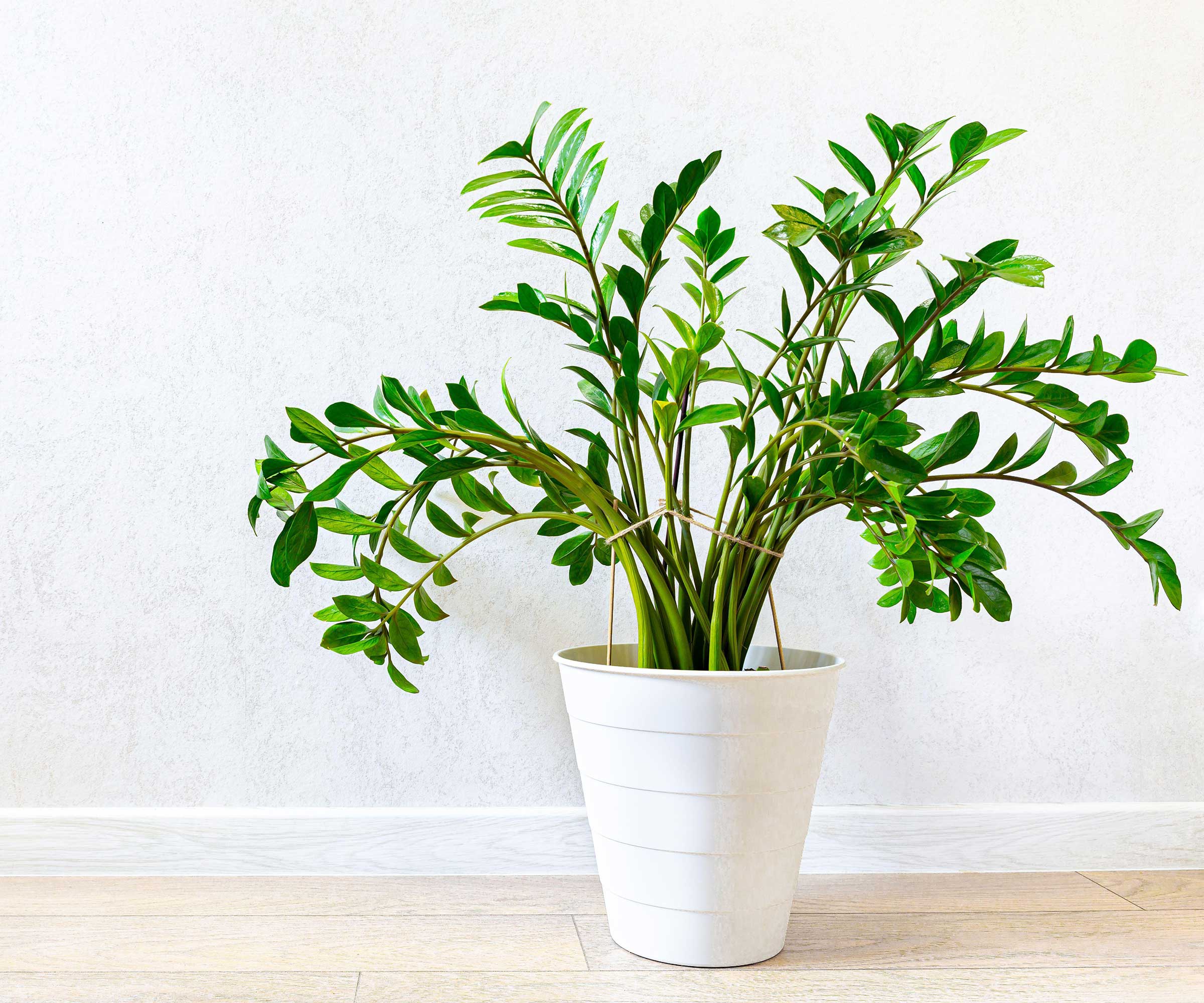
Fancy a houseplant that looks like no other? Then the ZZ plant or or Zamioculcas zamiifolia is a must.
Dark glossy slender leaves with distinct undulating edges, it makes a real impact placed on its own on a side or coffee table.
A very undemanding plant, it will merrily thrive in a shady spot as well as indirect light and is happy to be root bound, reducing the need for regular repotting. Extremely drought tolerant and hard to kill, the tall foliage slowly grows up to 3ft (just under 1m) high and prefers temperatures of 59–75˚F.
One extra bonus is that the ZZ plant also has air purifying capabilities, removing harmful compounds such as benzene, toluene, ethylbenzene and xylene. Give it an extra growth boost by feeding it with liquid fertilizer once per month in spring and summer.
Ideal spot: A sideboard in a living room or entryway
Best for: Lovers of entertaining
Ideal temperature: 59 and 75˚F
Fun fact: For lovers of houseplants with dark foliage, the Raven ZZ variety has almost entirely black leaves and packs a serious style punch
6. Philodendron
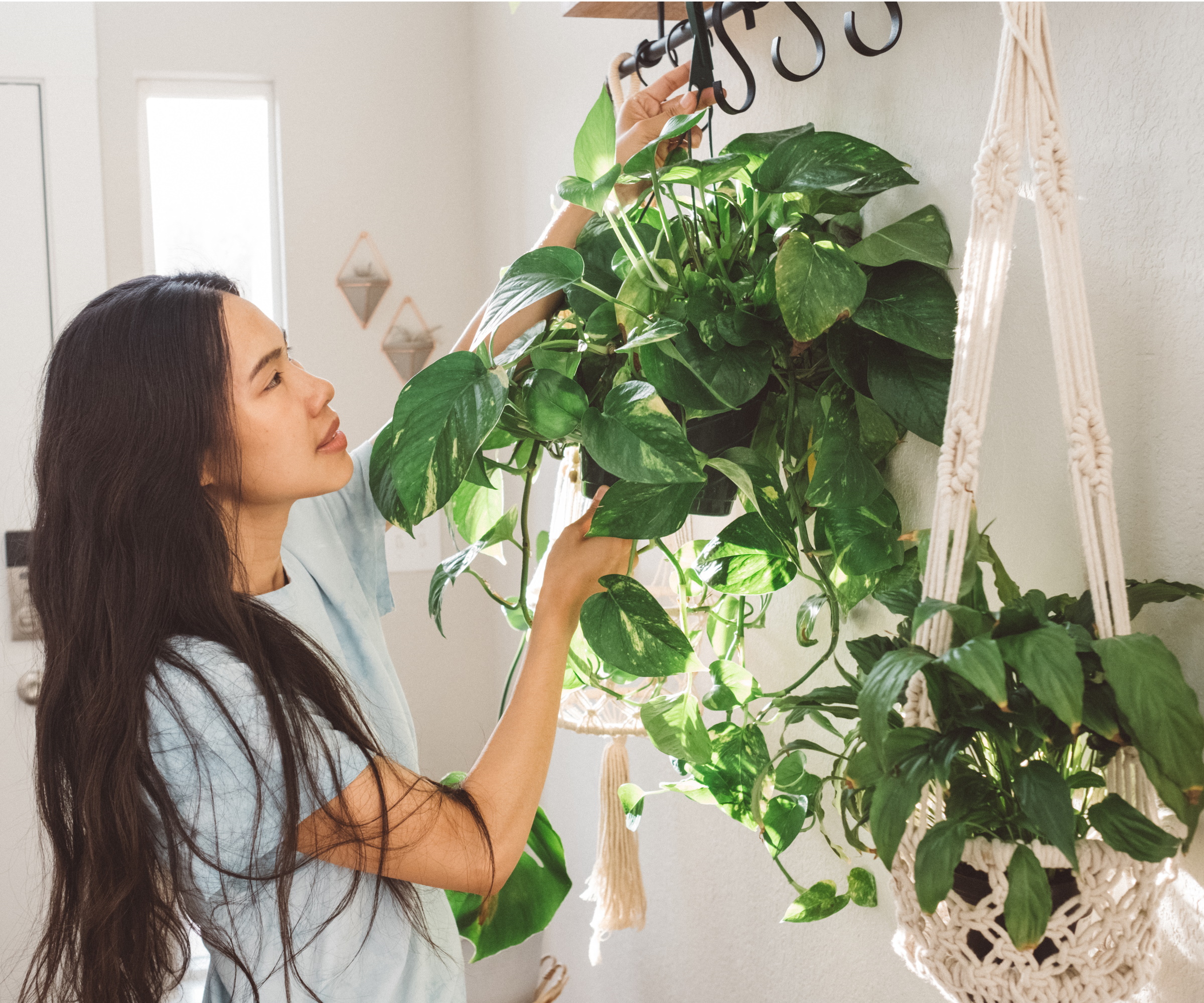
If you are after a tall, upright plant that won’t invade your space then try a philodendron. A large leaved climber hailing from the Caribbean, it loves bright light positions but can also cope with a bit of shade.
A natural and prolific climber, it can be trained up a mossy pole and looks stunning in a raised planter. These plants will thrive in almost all levels of humidity, however placing them in high humidity environments will encourage larger leaves.
You can also increase the bushiness of this plant by pinching out after a leaf node on single stems. This will promote off shoots and more branches, meaning more leaves.
With over 489 species to choose from you won’t be left wanting. Preferring a humid environment, you may want to occasionally mist your plant or place it in a steamy bathroom. Temperatures of between 60-75˚F are ideal for this beauty and bear in mind that it can grow up to 13ft so you may need to trim it as needed.
Ideal spot: Bathroom or kitchen
Best for: Making a trailing impact from a high shelf
Ideal temperature: 60 and 75˚F
Fun fact: This trailer often gets mistaken for the very similar pothos
7. Succulents
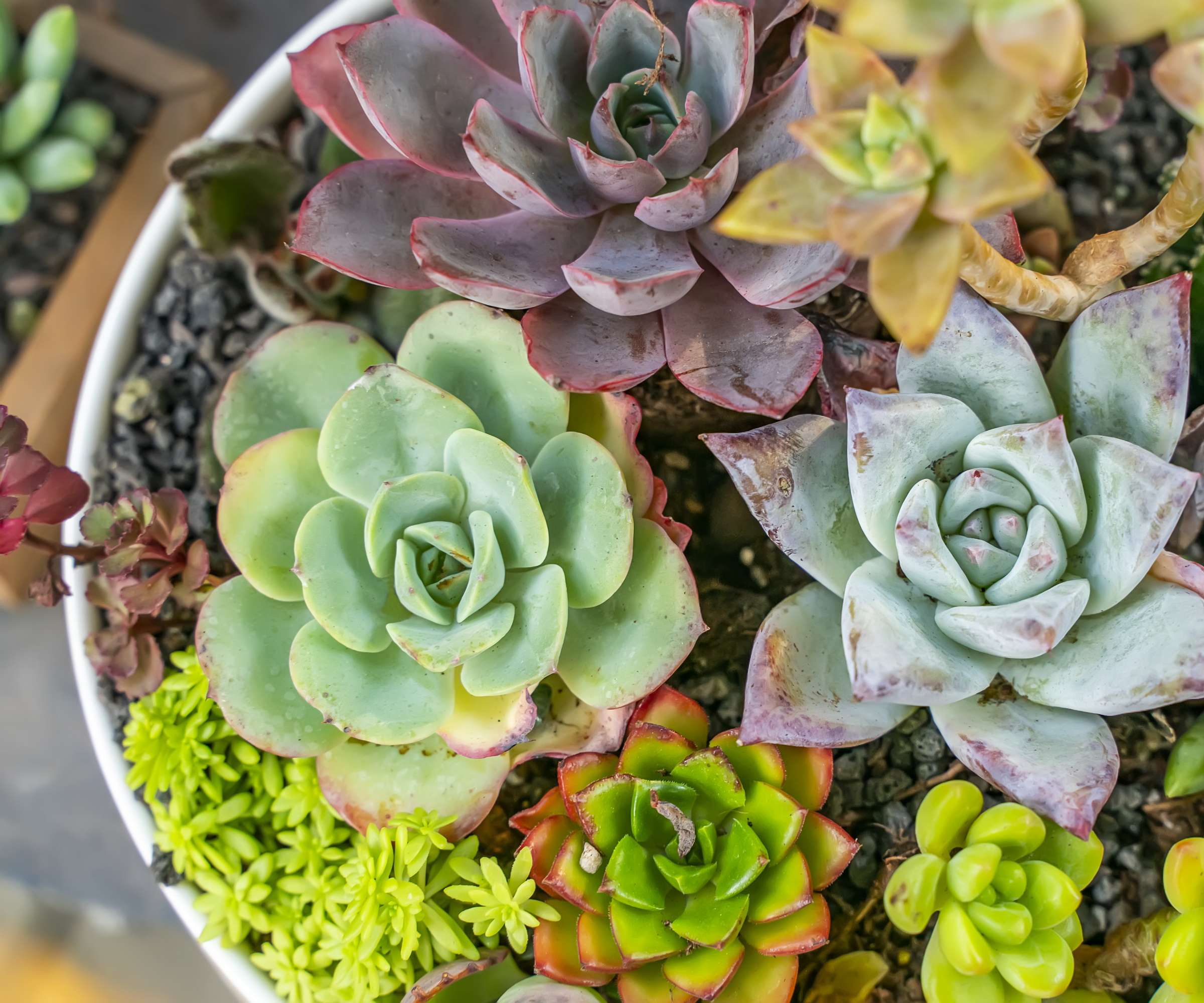
With their intriguing and intricate shapes, succulents are hugely popular plants – both indoors and out. The term succulent refers to those plants, that over time have undergone modifications to their shape and structure. These have resulted in a huge number of weird and wonderful plants that are not only tough but also simple to grow.
Varying in shape, size, color and height, these little gems make a fantastic indoor display grouped together in individual pots lined up on shelf or window ledge or planted en masse as a table focal point.
Echeveria, sedum, lithops and haworthia are just a few varieties. They are decorative and love a bright, sunny spot. Avoid humid areas such as bathrooms or kitchens; instead, opt for dry conditions with warm temperatures from 64-75˚F (18 – 24°C).
Allow the compost to dry out completely before watering thoroughly, avoiding the rosettes or glaucous leaves as this will cause the plant to rot. It's a smart move to buy them in bulk with mixed varieties, such as this set of 20 assorted rare succulents at Amazon.
Ideal spot: Living room coffee table, downstairs wc, or bedside cabinet
Best for: Clustering together to create a living focal point
Ideal temperature: 64 and 75˚F
Fun fact: You can learn how to prune succulents to keep them looking healthy
8. Pothos or Devil's ivy
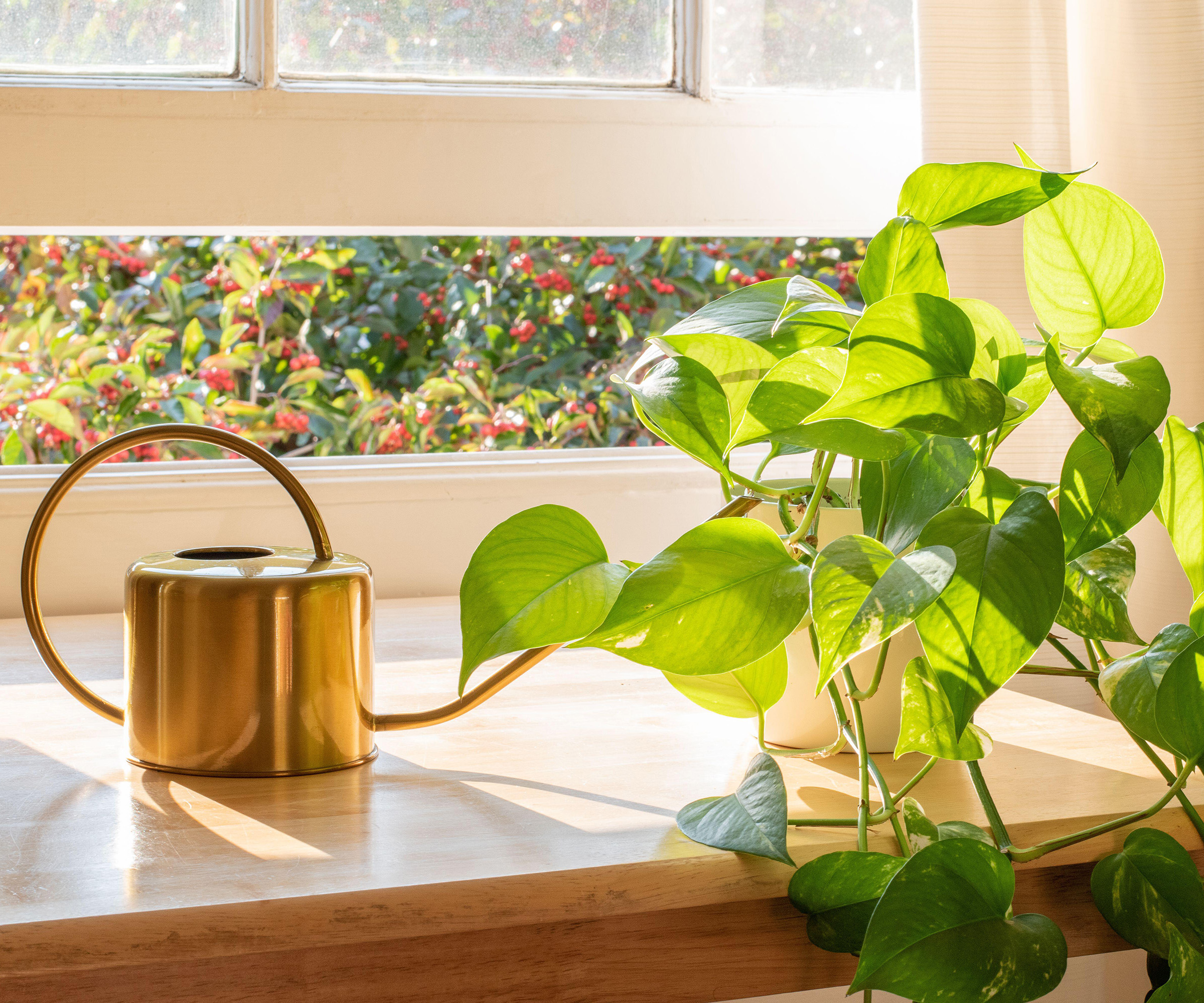
Easy to care for and highly rewarding, pothos are large leaved climbers (or trailers depending on your preference) are prolific and almost thrive on neglect.
With a huge range of different colored foliage to choose from; neon green and silver blue green are just two striking options, you can add real impact to practically any room in the house. The fleshy stems can reach up to 65ft plus (20m+) in the wild but are likely to reach less indoors. Trim if needed.
Preferred room temperatures range from 50-73˚F (10 – 24°C) and although they do like humid conditions only water when the top two inches of compost are dry. The leaves tend to curl slightly when thirsty.
If you ever find yourself wondering 'why is my pothos turning yellow?' it could be that you are watering it too much or too little.
Ideal spot: Any room in your house with lots of bright sunlight
Best for: Beginner plant parents
Ideal temperature: 50 and 73˚F
Fun fact: Pothos are one of the easiest houseplants to propagate
9. Prayer plant
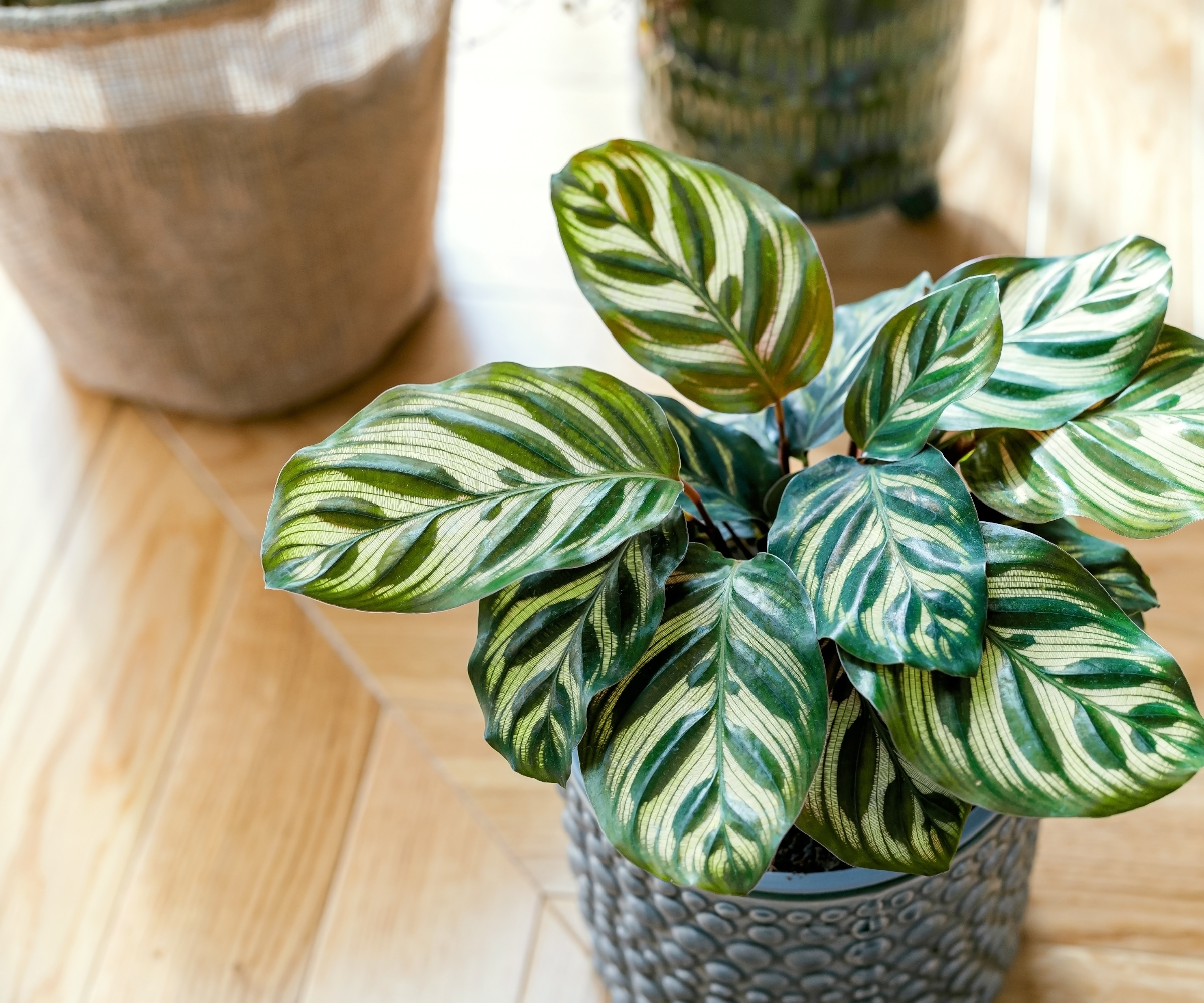
Proud owners of the most decorative foliage; peacock plants (calatheas) have fantastically striped leaves in shades of green, yellow, pink and white. They are sometimes referred to as the prayer plant because its leaves lie flat during the day and fold upwards at night, as if in prayer.
Big fans of warm humid conditions, these plants prefer toasty temperatures of around 64-7˚F (18 – 24°C) and benefit from a regular misting.
Overwatering is a common mistake with calatheas; rather than follow a routine, think about how much sunshine your plant receives through the day. Overwatered plants will show signs of distress, such as yellowing leaves.
When in doubt, ensure the soil always dries out between waterings. Place them in direct but not strong light – a north or east facing window is ideal – for the best leaf coloring.
Ideal spot: A sunny windowsill
Best for: More experienced plant parents
Ideal temperature: 64 and 75˚F
Fun fact: Calatheas have quite the reputation for being difficult, so knowing the common mistakes in their care regime is handy
10. Bromeliads
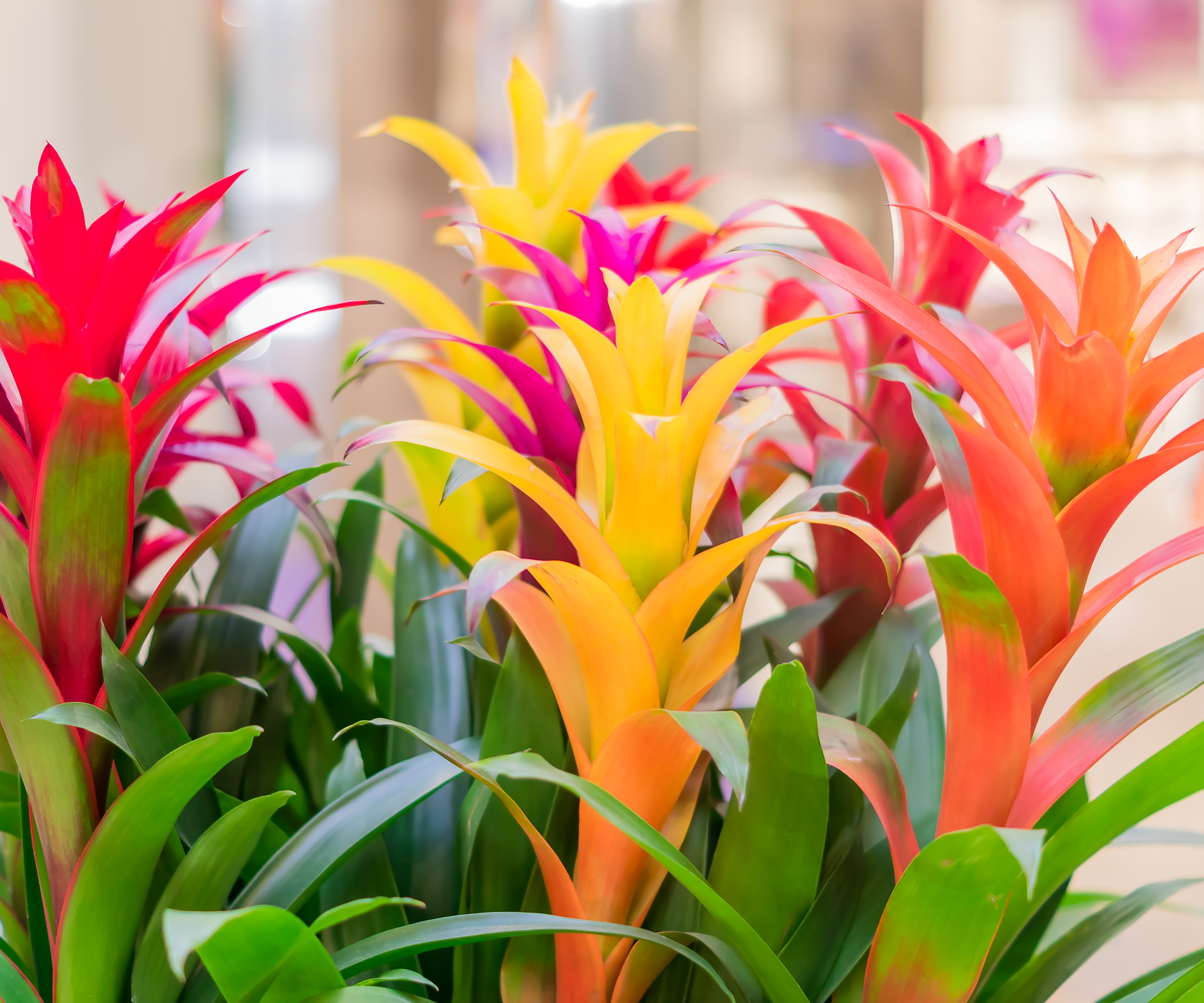
Exotic and highly colored, bromeliads are tropical plants love bright sunny spots and are easy-to-grow, long lasting house plants. From the center of the thick tube-like rosettes of foliage, the plant produces a brilliantly colored flower spike – this can be fuchsia, orange, yellow or red depending on variety – and they make a spectacular indoor feature.
In the wild, water naturally collects in the lowest ‘cup’ of leaves so imitate this when watering the plant indoors. Empty the water out weekly to remove any collected insects and debris.
Fans of a constant temperature of 5˚F (15°C), these unusual plants also appreciate their leaves being misted once a week during summer. Increase humidity further by standing the plant on a gravel filled saucer partially filled with water. Avoid leaving the roots in standing water though, as this can cause the plant to suffocate.
Ideal spot: A sunny bathroom
Best for: Lovers of flowering houseplants
Ideal temperature: 59˚F
Fun fact: Bromeliads are epiphytes and grow on trees in the wild
11. Kentia Palm
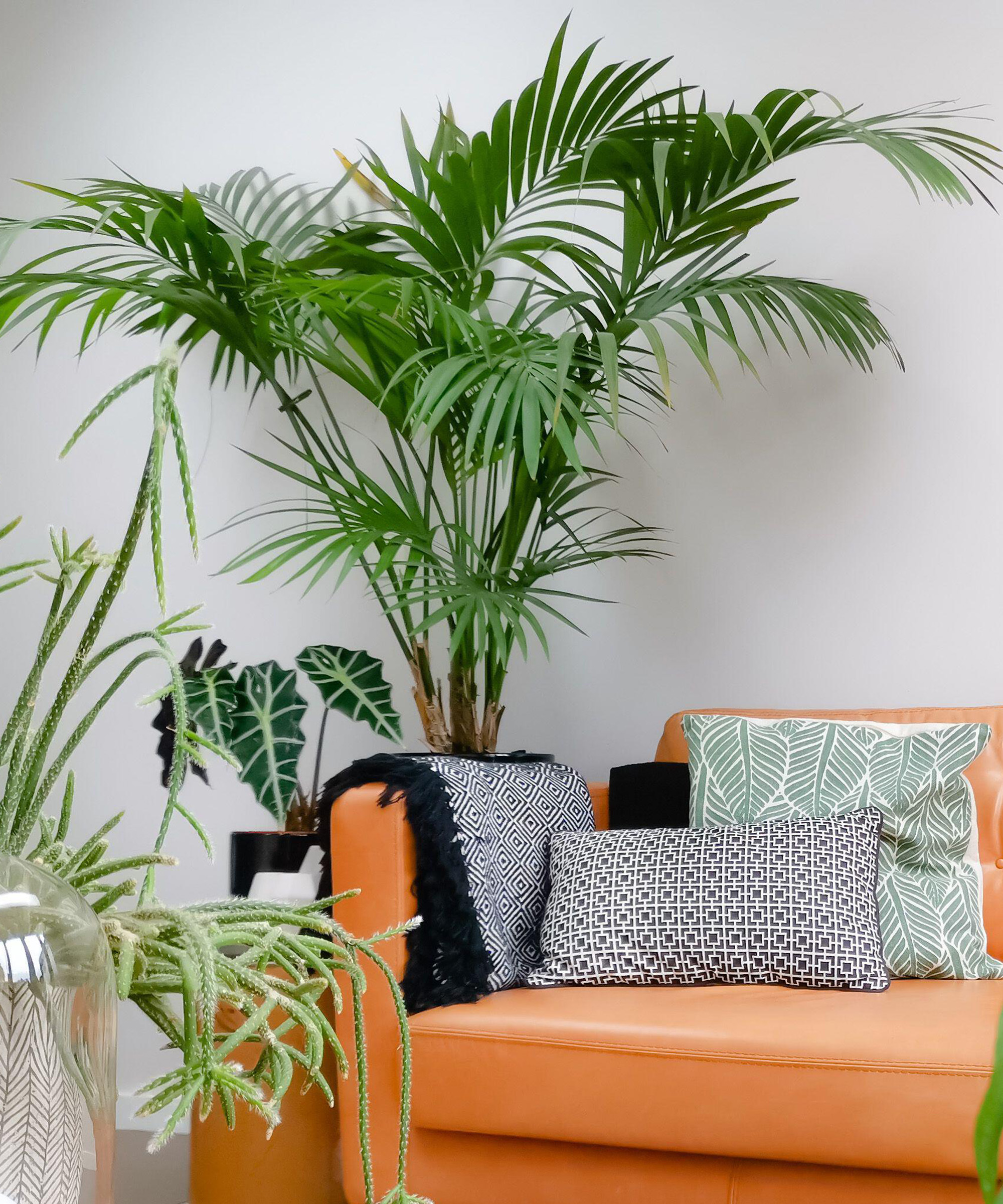
One of the most impressive and hard to kill indoor plants is the kentia palm.
Able to cope with most light conditions this elegant palm grows up to 10ft (3m) tall, has slender leaves, casting beautiful shadows and simply oozes class and sophistication. Pop it in a pot away from direct light and it will be happy with minimal fuss.
The golden rule is not to leave this plant sitting in water. They like a moist soil but don't like to have their roots sodden, so feel the top of the soil before watering. In the winter it will still need watering but not as much.
Ideal spot: The corner of an open plan living room
Best for: Apartments and open plan living spaces
Ideal temperature: 65 and 85˚F
Fun fact: The kentia palm may look impressive, but it's slow to grow - so you might want to invest in a more mature plant for instant impact
12. Begonias
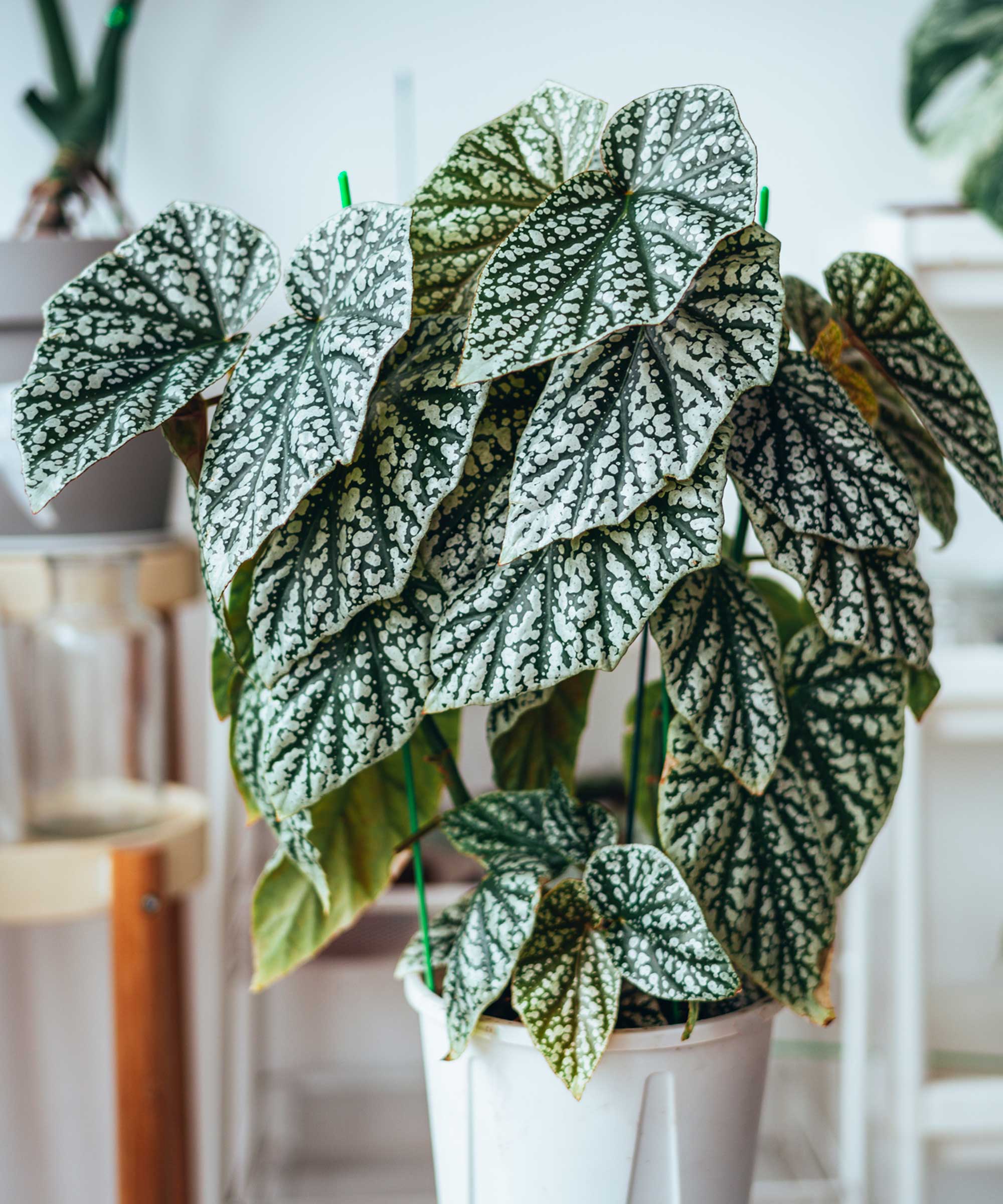
Fibrous and rhizomatous begonias make excellent houseplants thanks to their highly decorative foliage.
Placing them a bright spot but out of direct sunlight is key to their success along with some humidity. Begonia 'Gryphon’ is grown for its wonderful architectural foliage. The maple-shaped leaves are deep green, marked with silver on their surface and dark red below making it a striking statement.
Overwatering is a common problem with begonias so do wait until the leaves begin to droop before watering.
Avoid getting any water on the leaves as this can lead to fungal diseases such as powdery mildew. Although it can be easy to get rid of powdery mildew, it can weaken your plant quickly. You will need to know how to overwinter begonias if you want to grow them outdoors.
Ideal spot: Kitchen island
Best for: Maximalists
Ideal temperature: 60 and 80˚F
Fun fact: Tuberous and wax begonias are edible and have a citrusy taste - these varieties are more often grown outside
FAQs
What's the best way to water indoor plants?
Knowing how to water plants is key to our success with them. More house plants are killed off by overwatering than anything else. In our keenness to nurture and fill our homes with lush foliage we tend to reach for the watering can, but this is often not the answer.
Indoor plants often need less water than we realize. Use the soil as an indicator by doing the 'finger test'. Place your index finger into the top layer of the potting soil up to about an inch and a half. It’s okay for the top inch to be dry, but if the soil continues to feel dry then it’s time to water.
Now that we have inspired you with this selection of the best indoor plants, you can get started learning how to style your houseplants, and display them around your home beautifully in hangers, pots or plant stands.

Journalist Jill Morgan has spent over 20 years writing and editing gardening, interior and property features. Titles she has worked on include The English Home, House Beautiful, Ideal Home, Houzz and Modern Gardens and she writes regularly for H&G as a Contributing Editor. Whilst she is a dab hand at renovation projects and DIY, she is happiest when out digging in the garden or planning a new border.
- Rachel BullHead of Gardens
